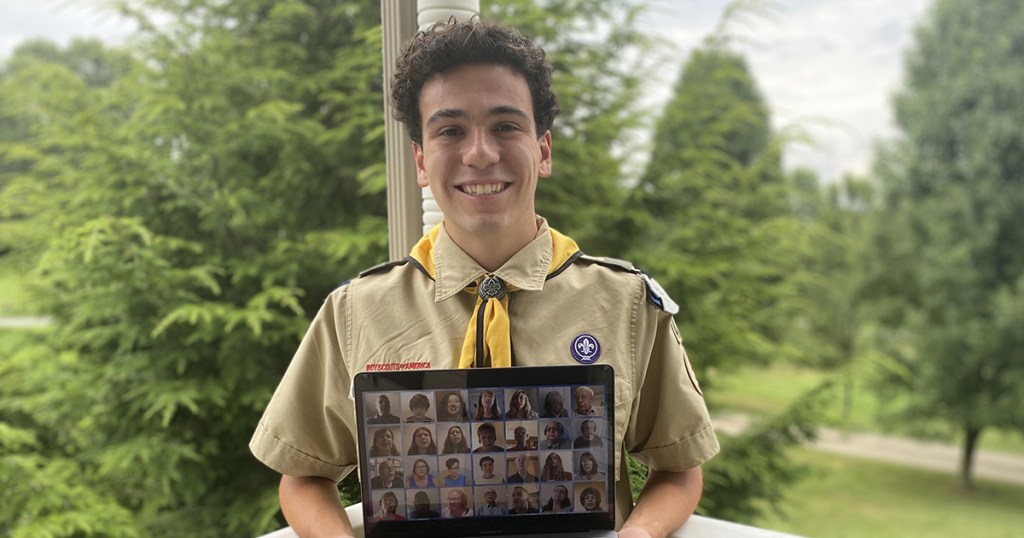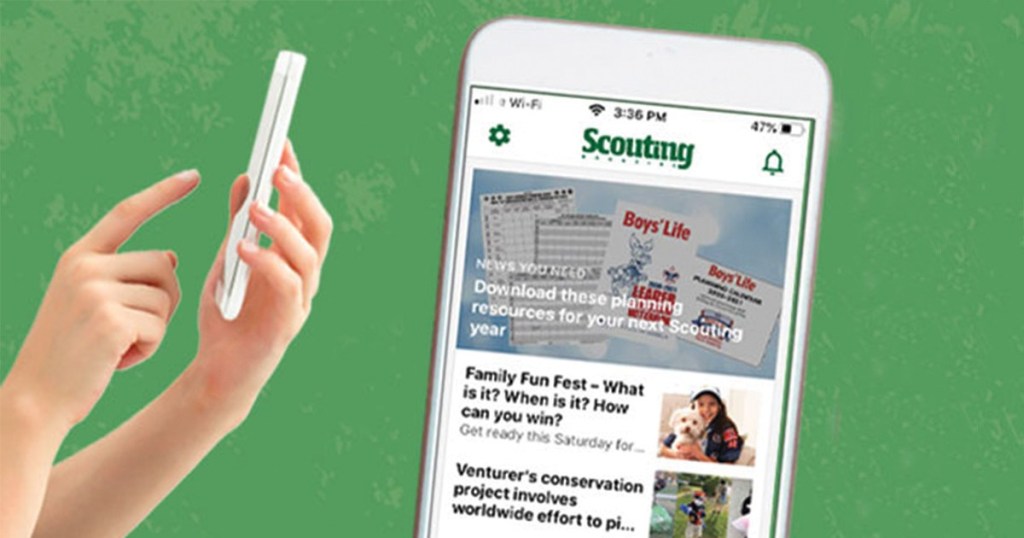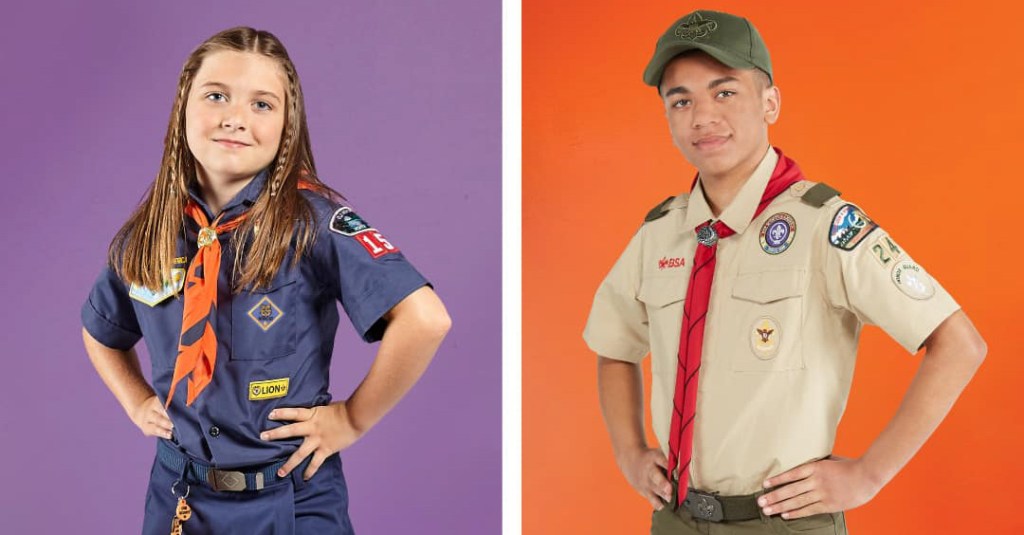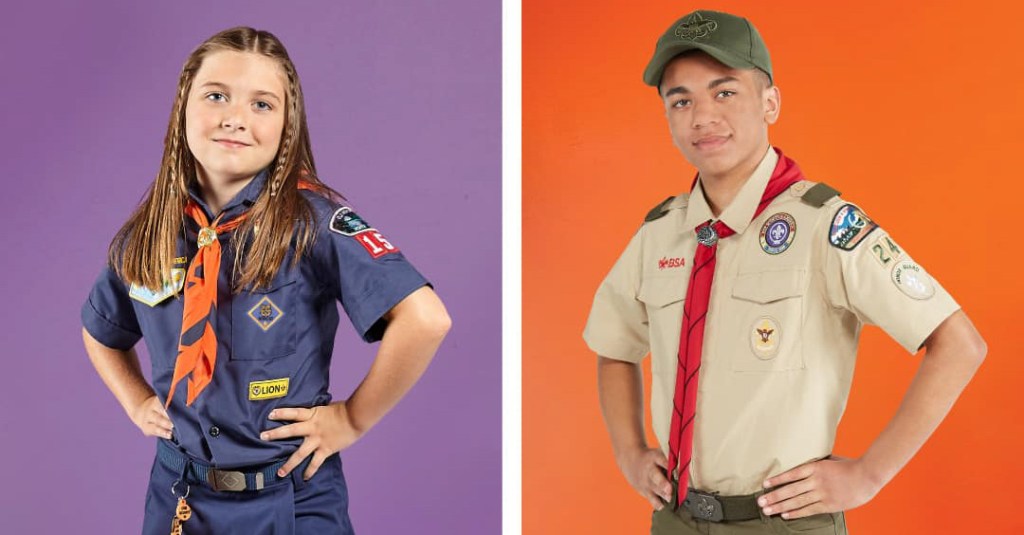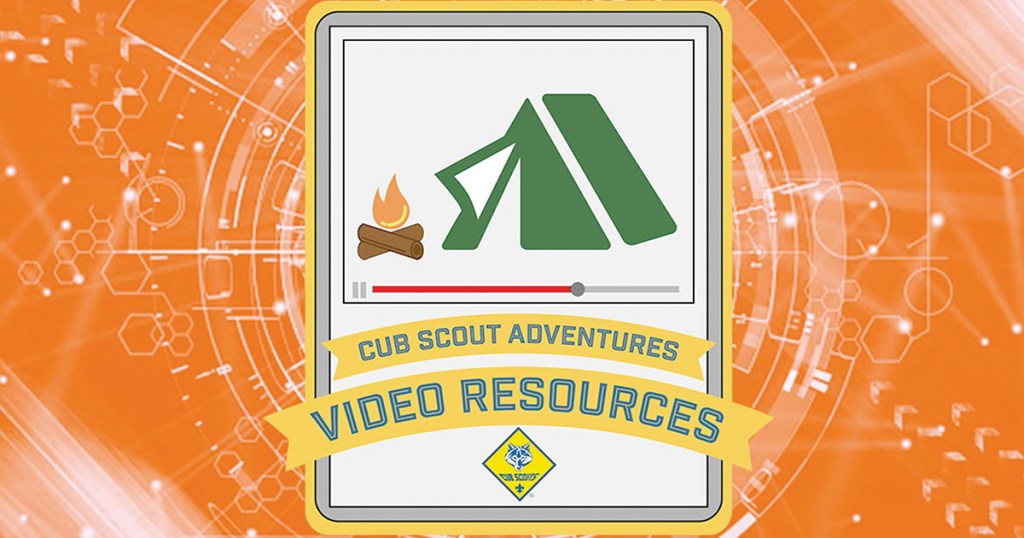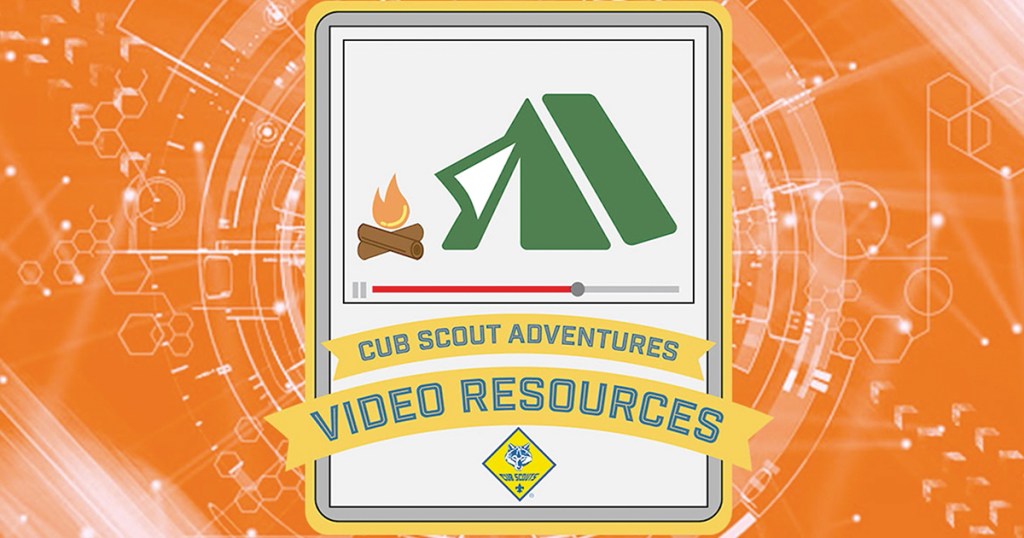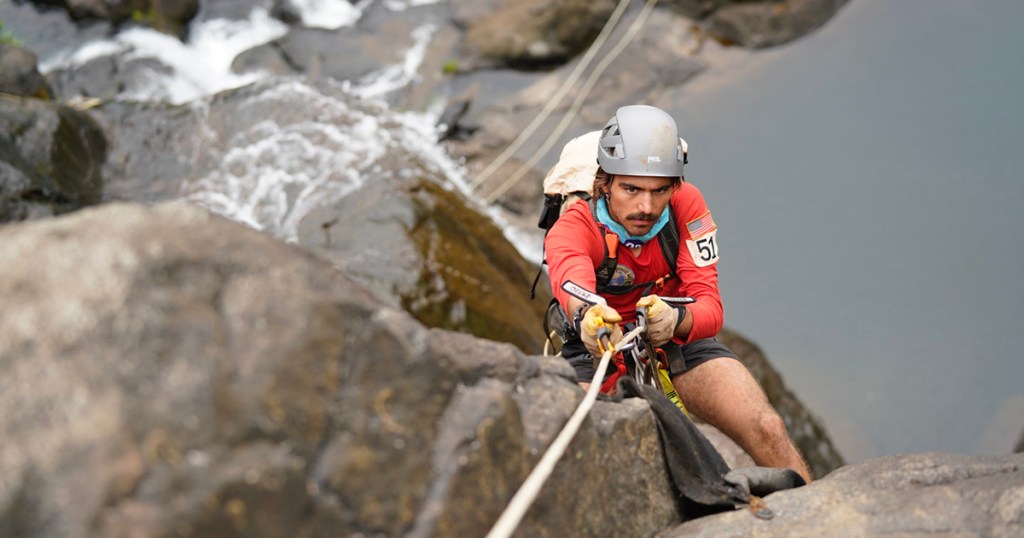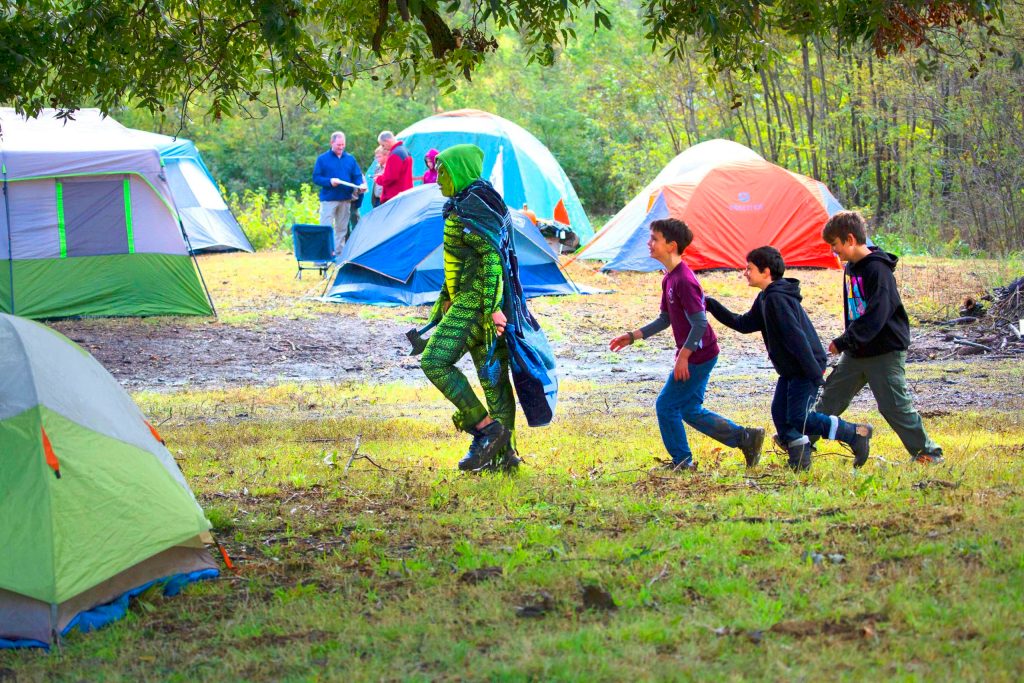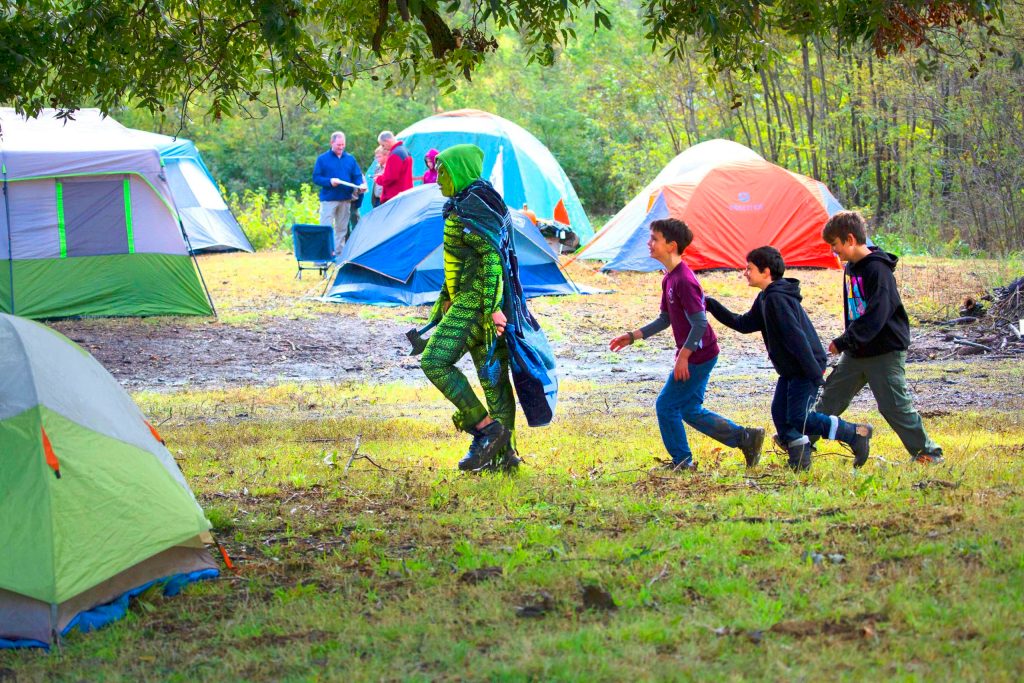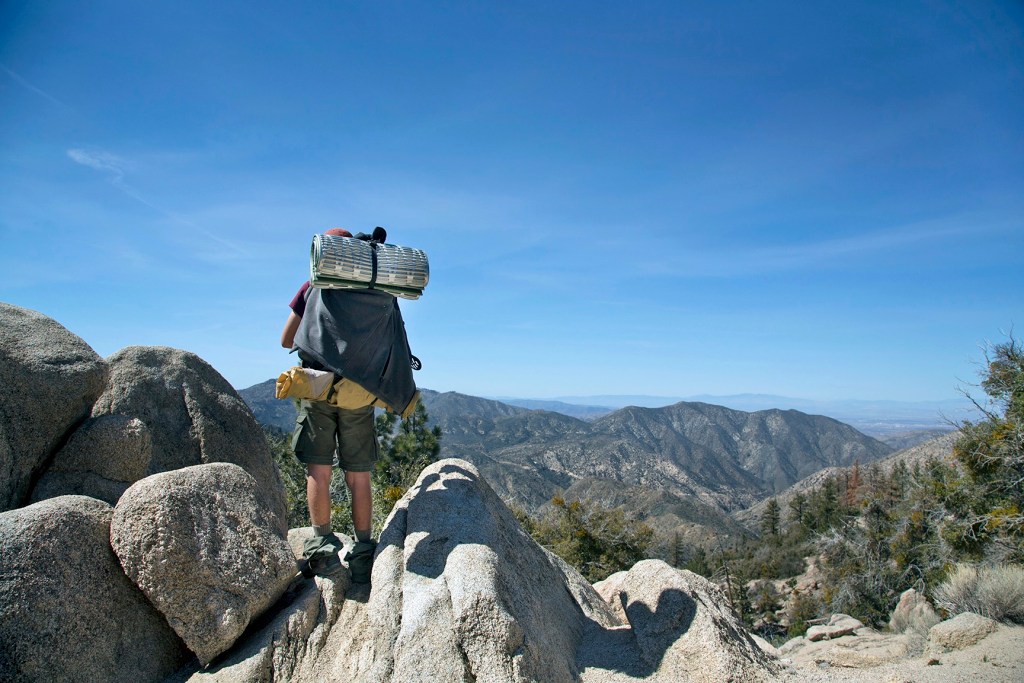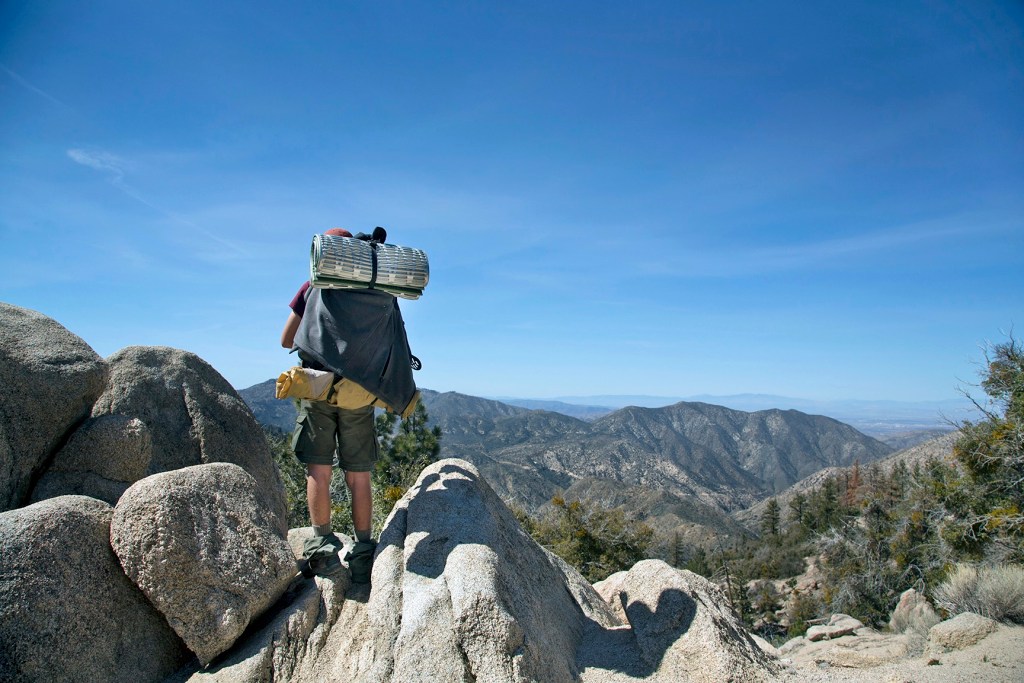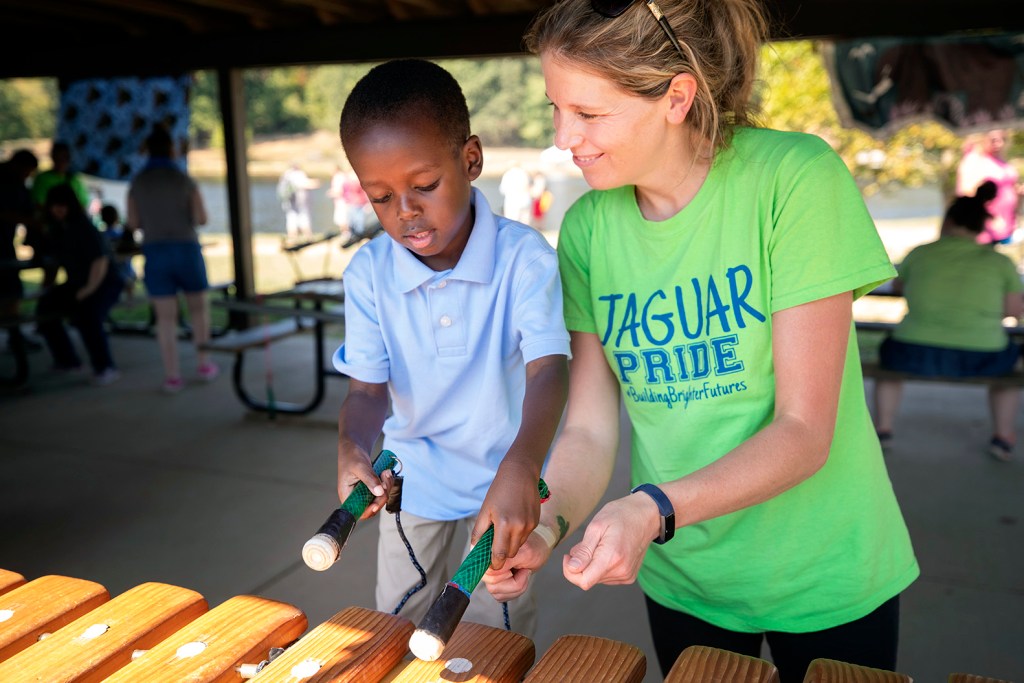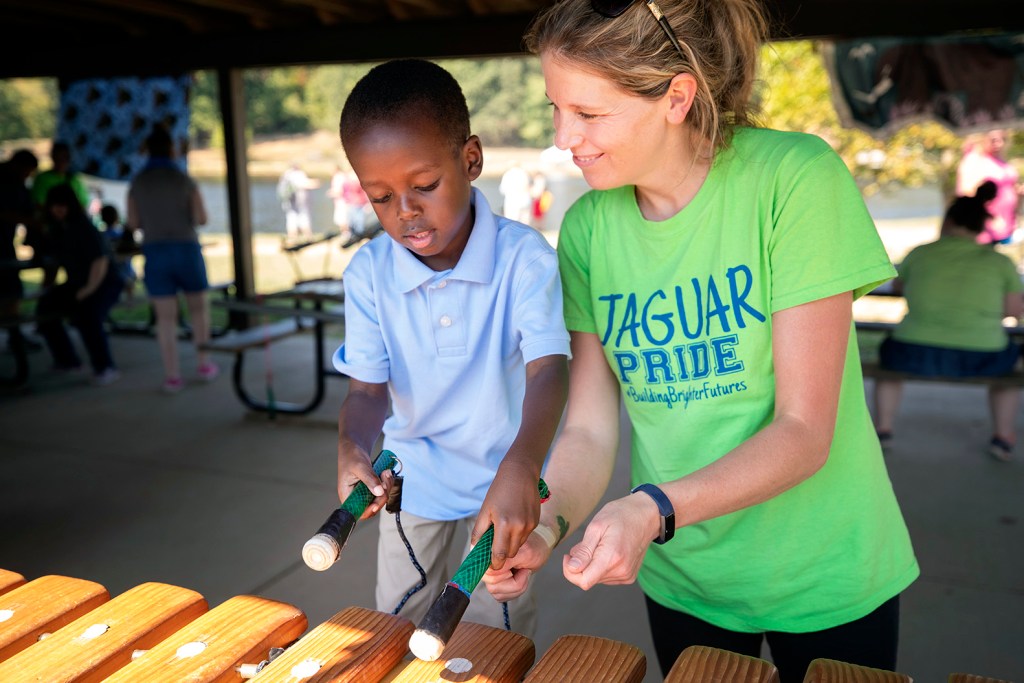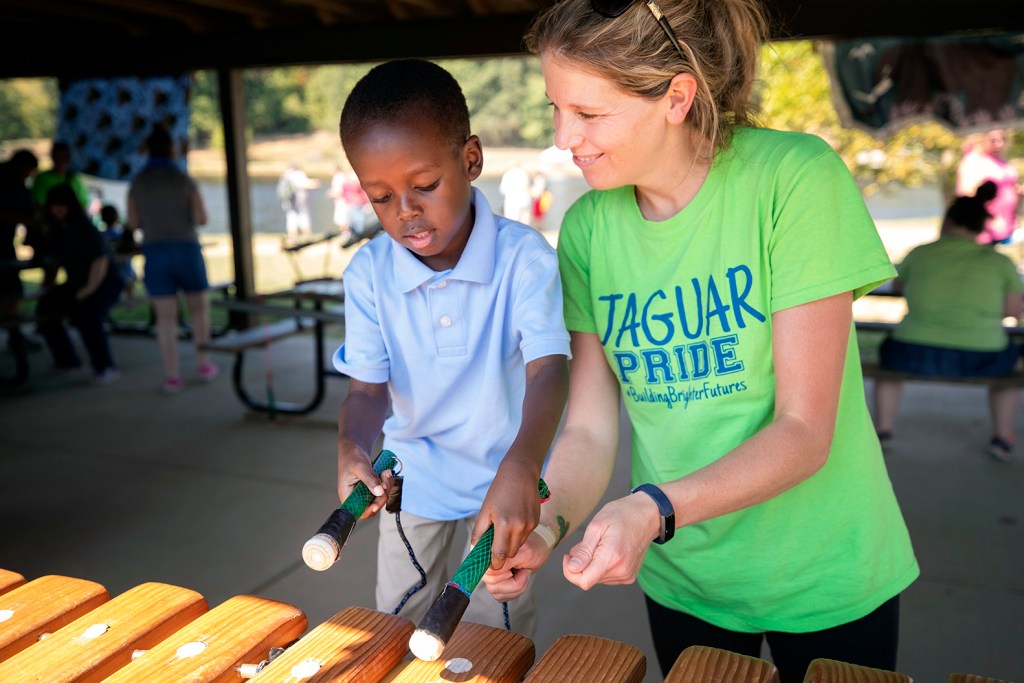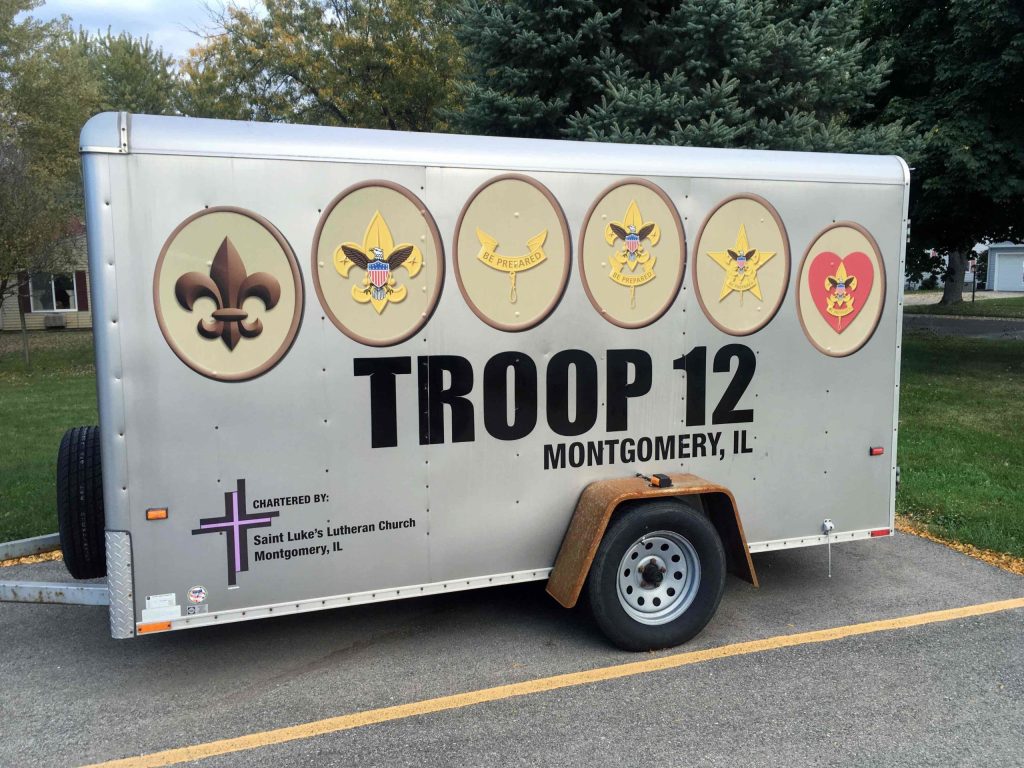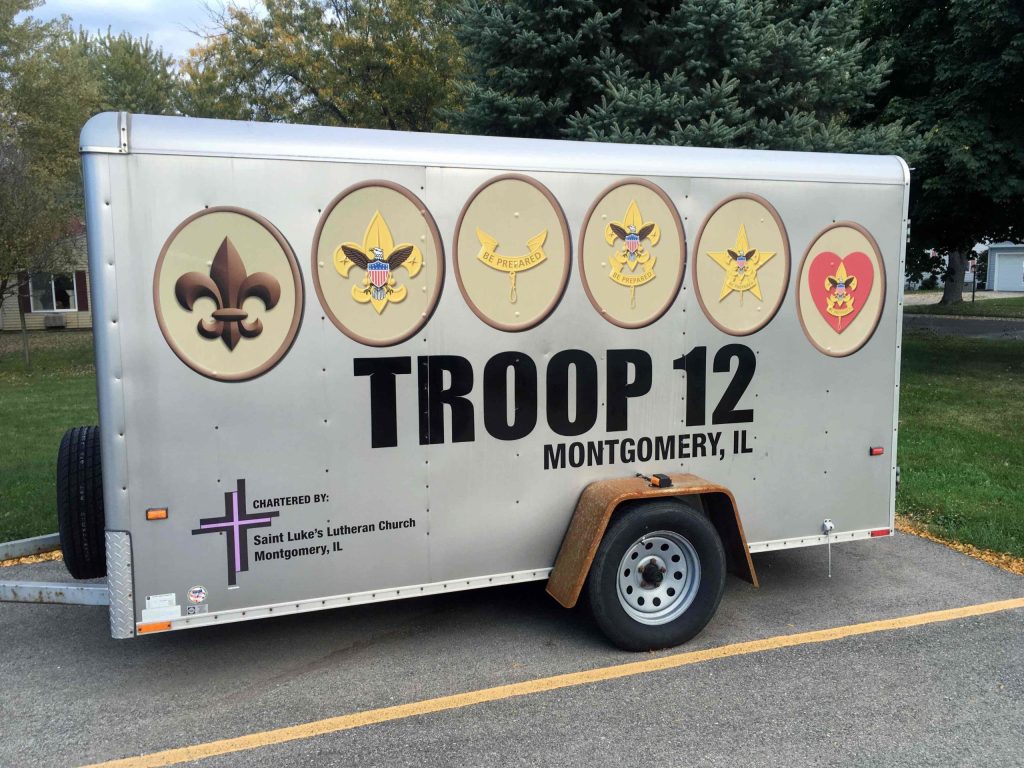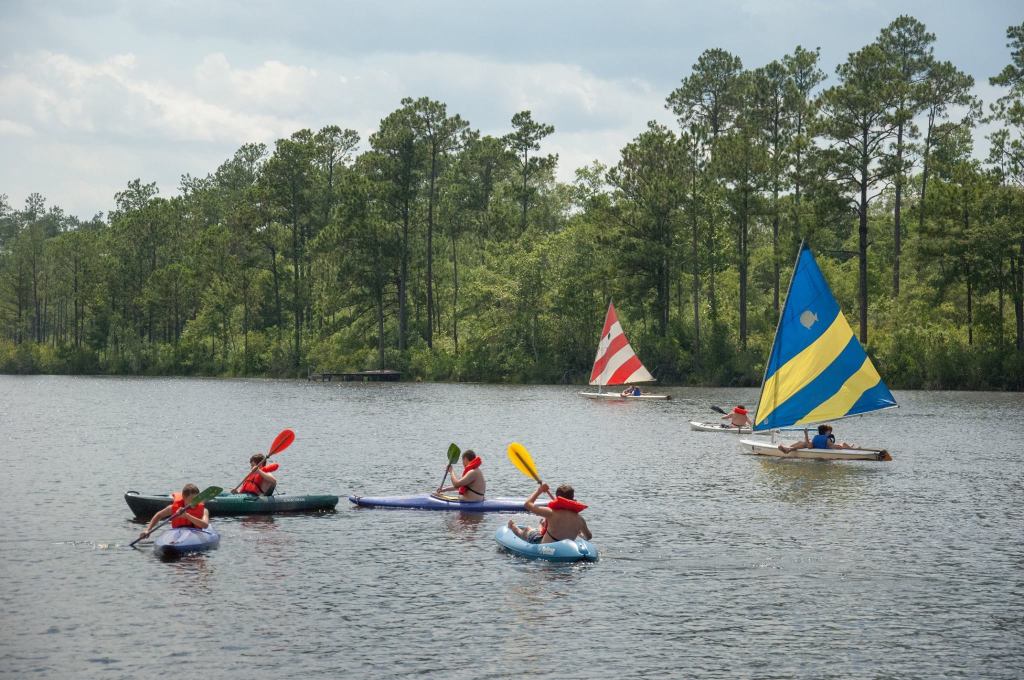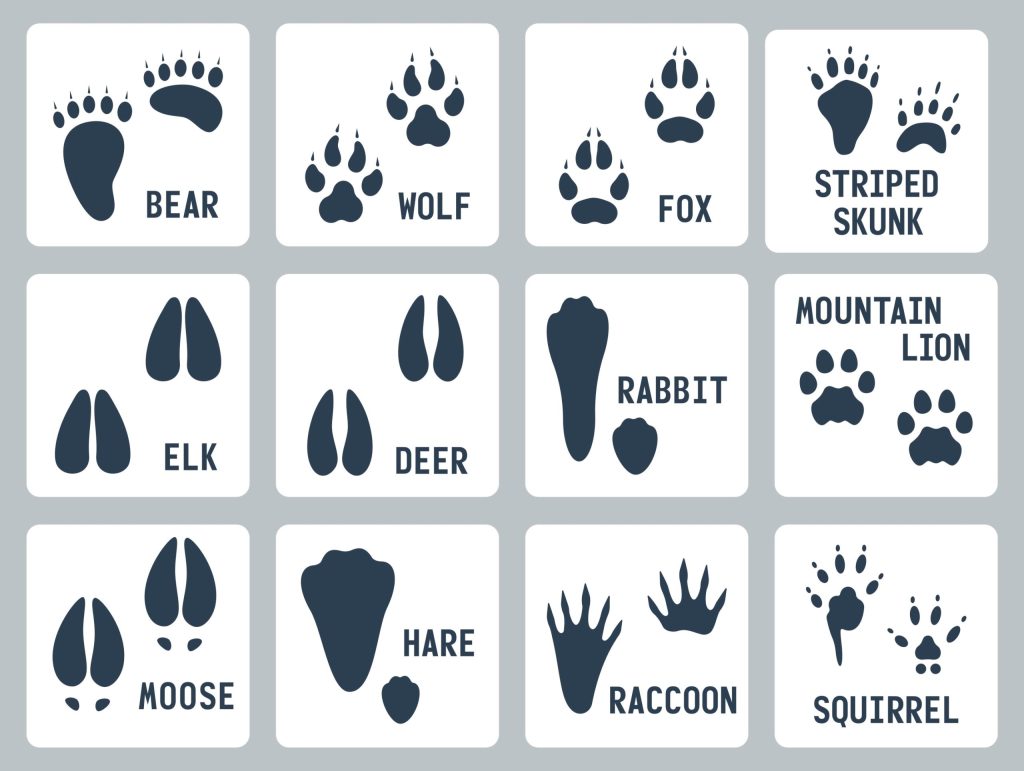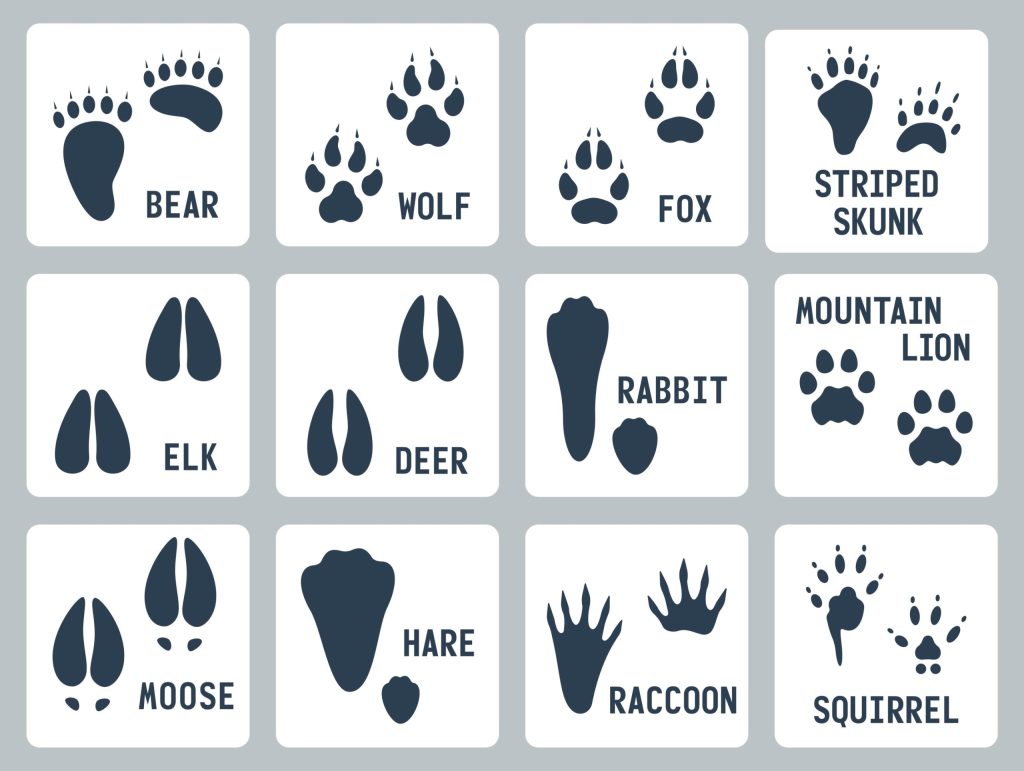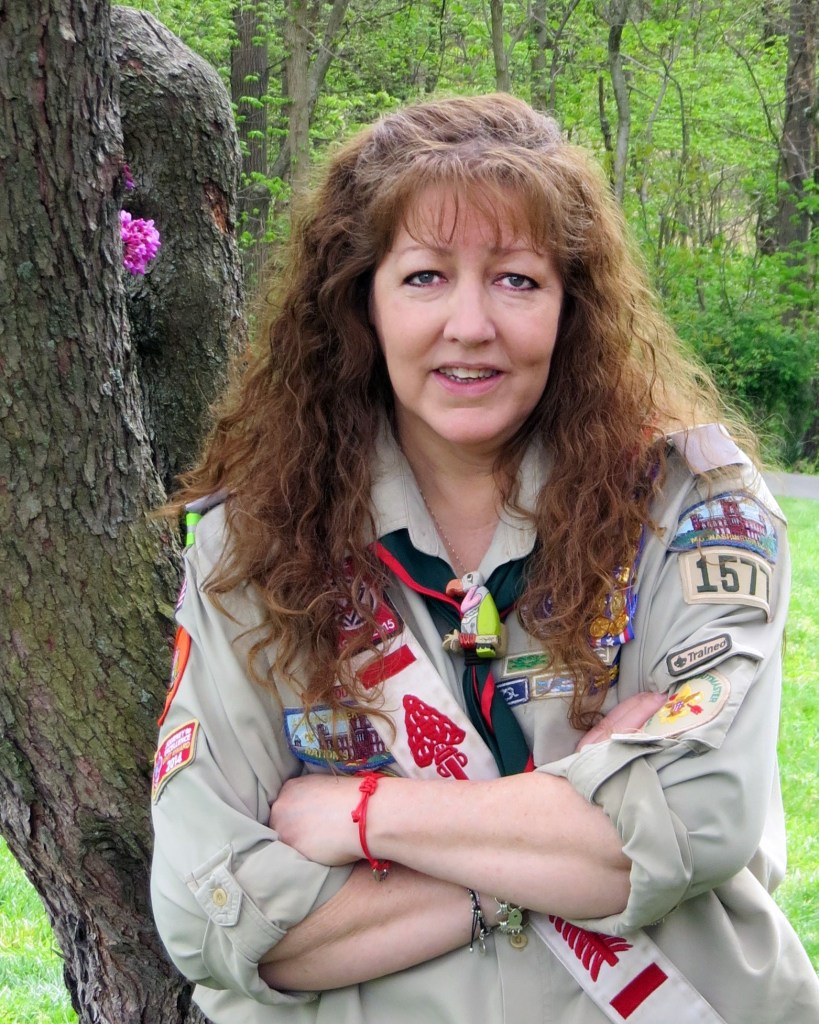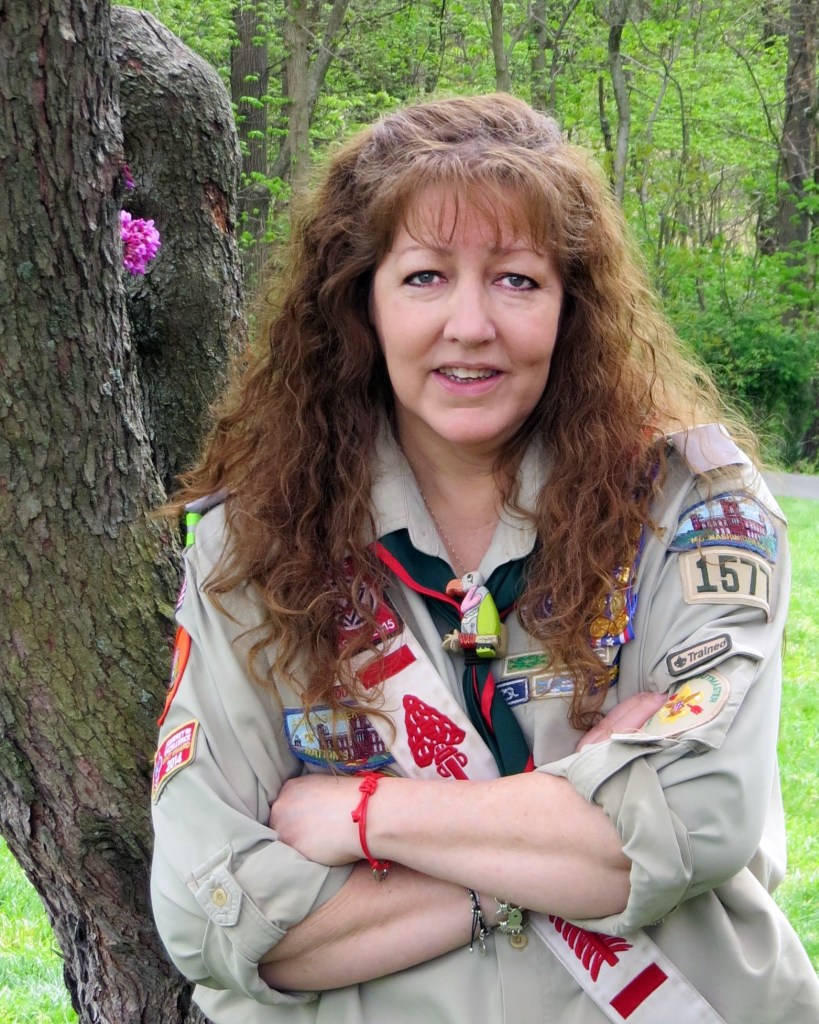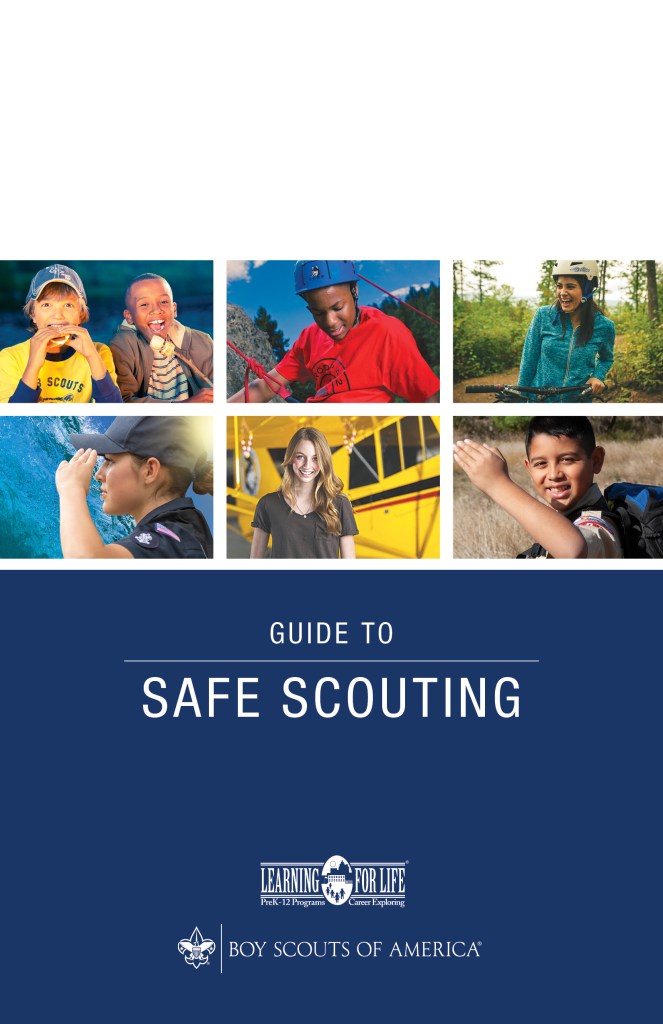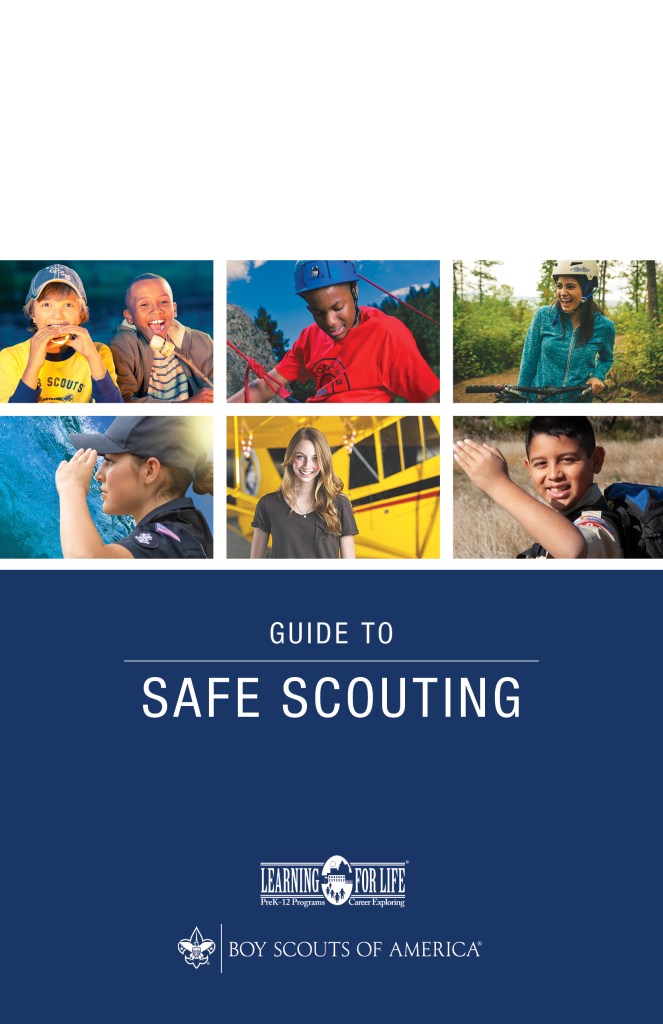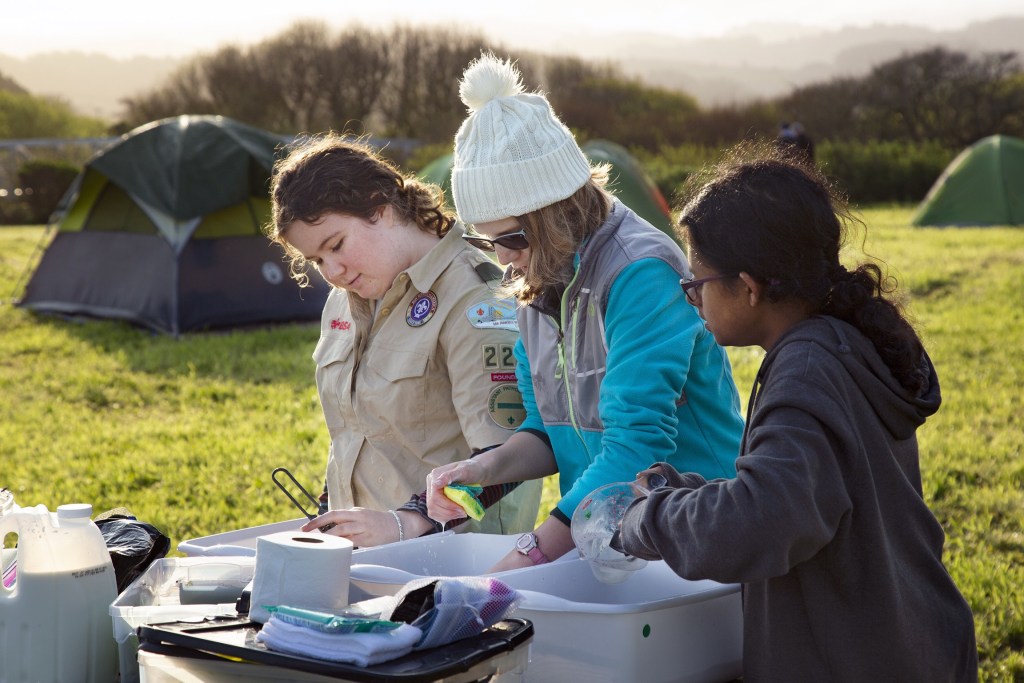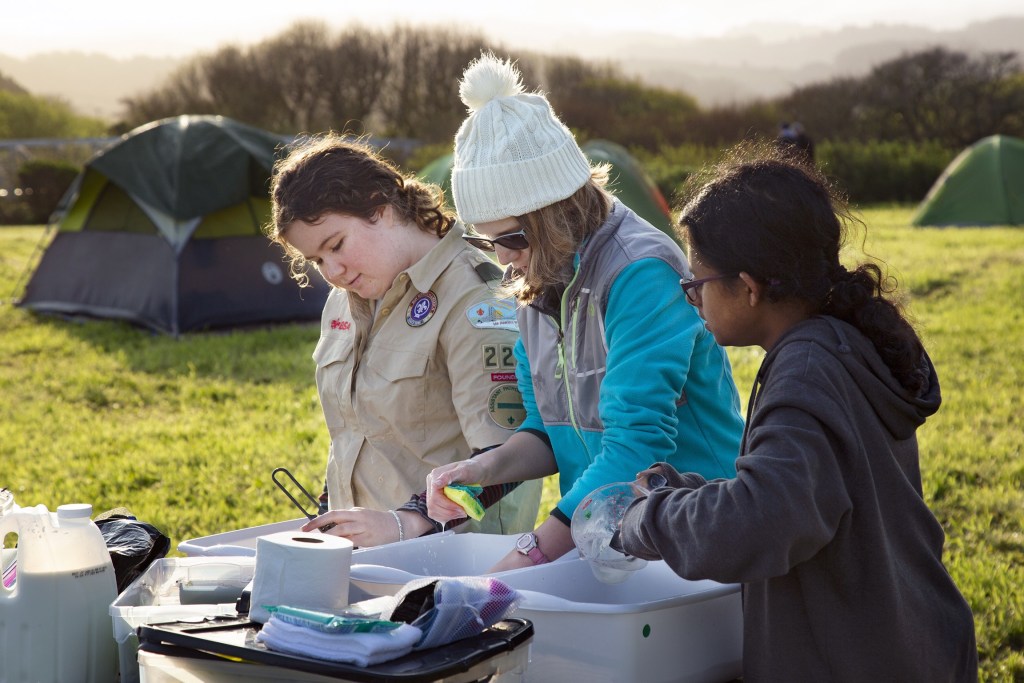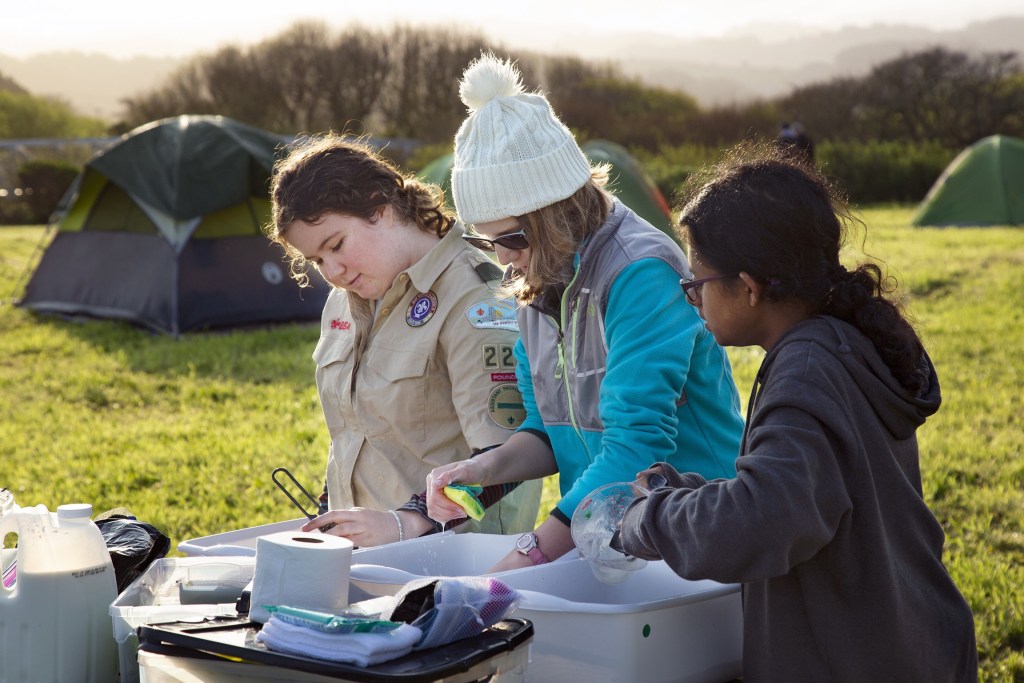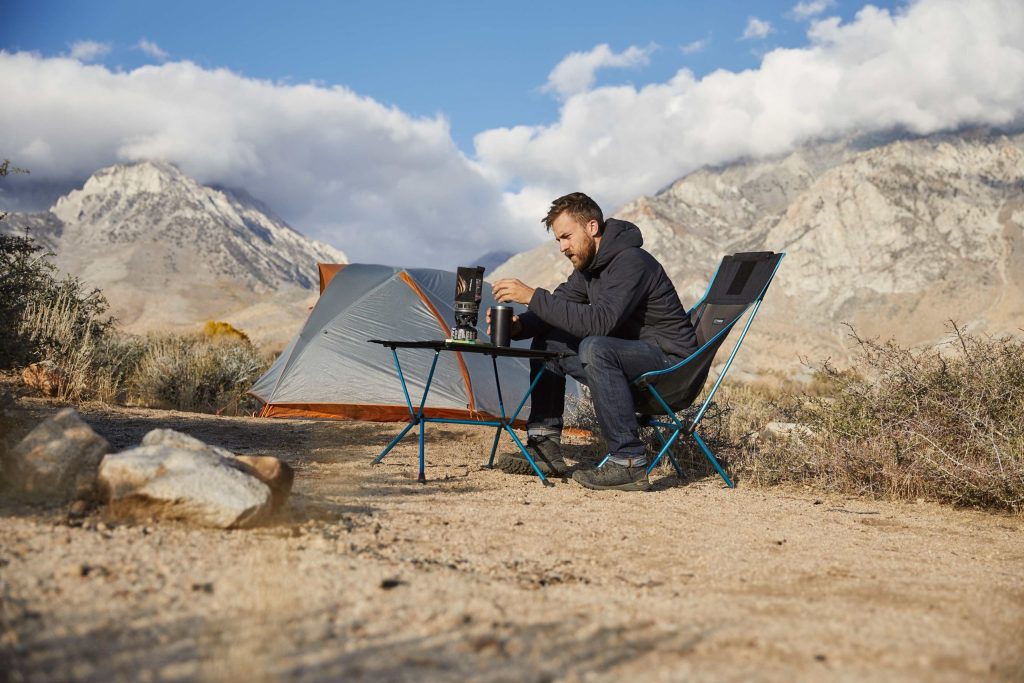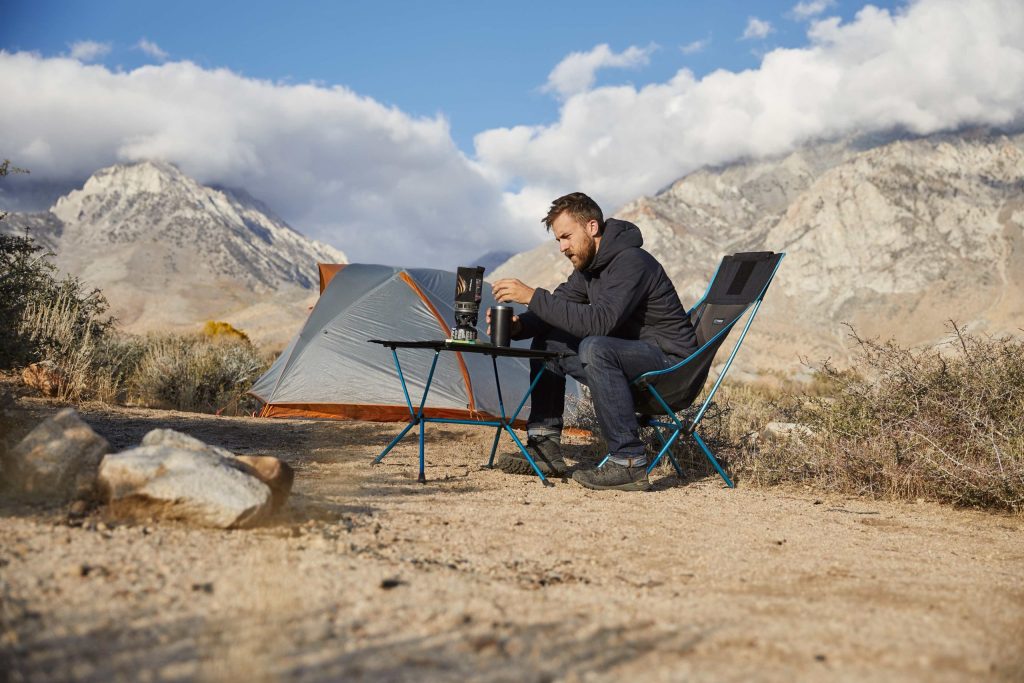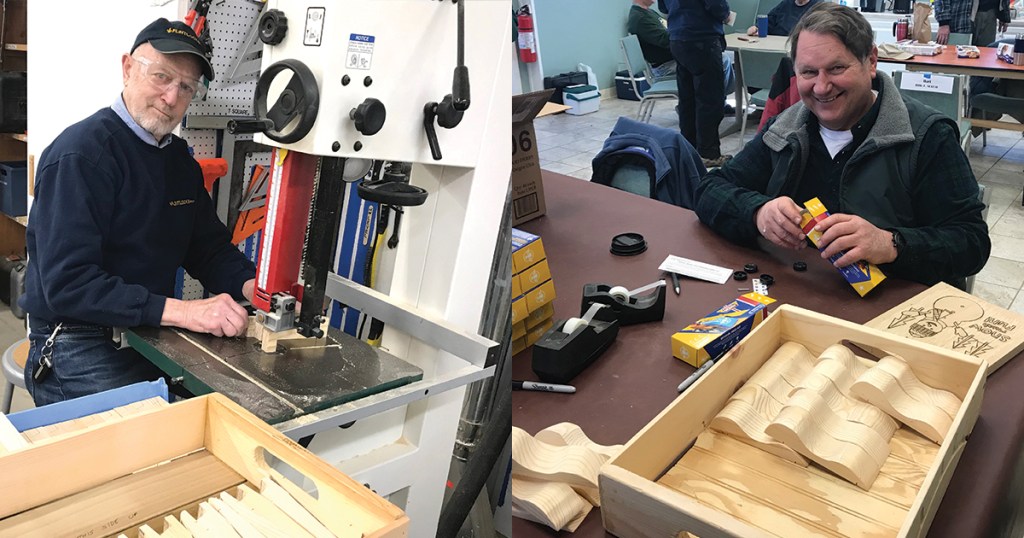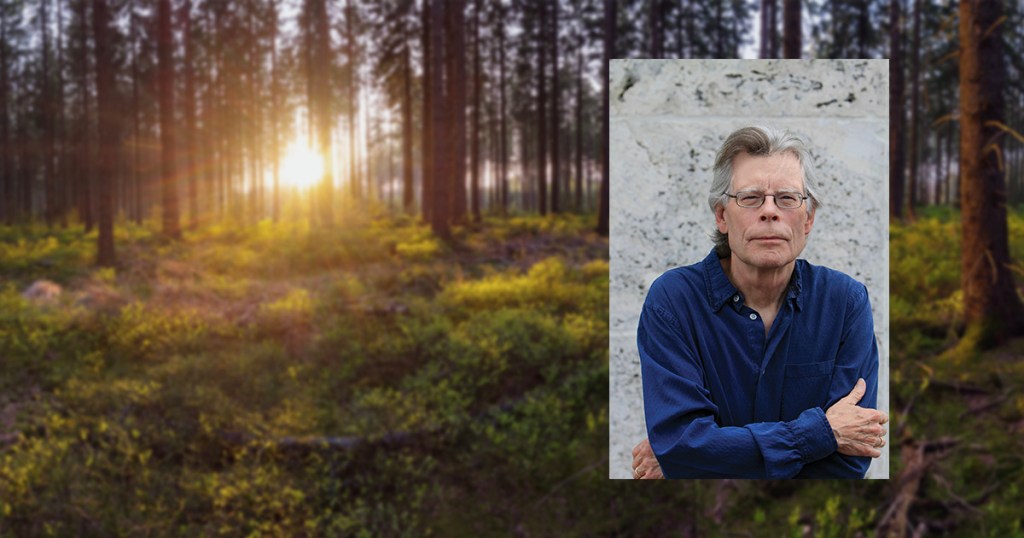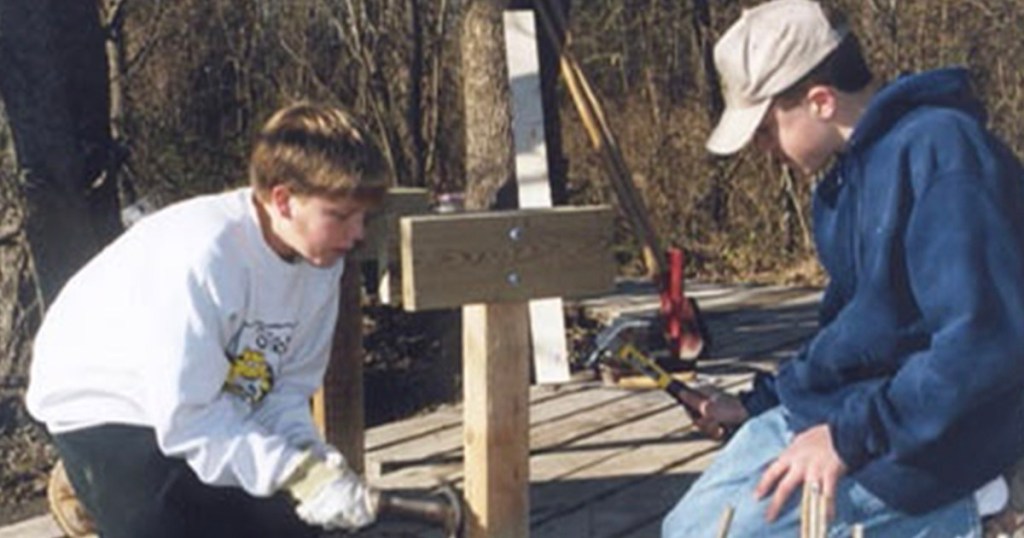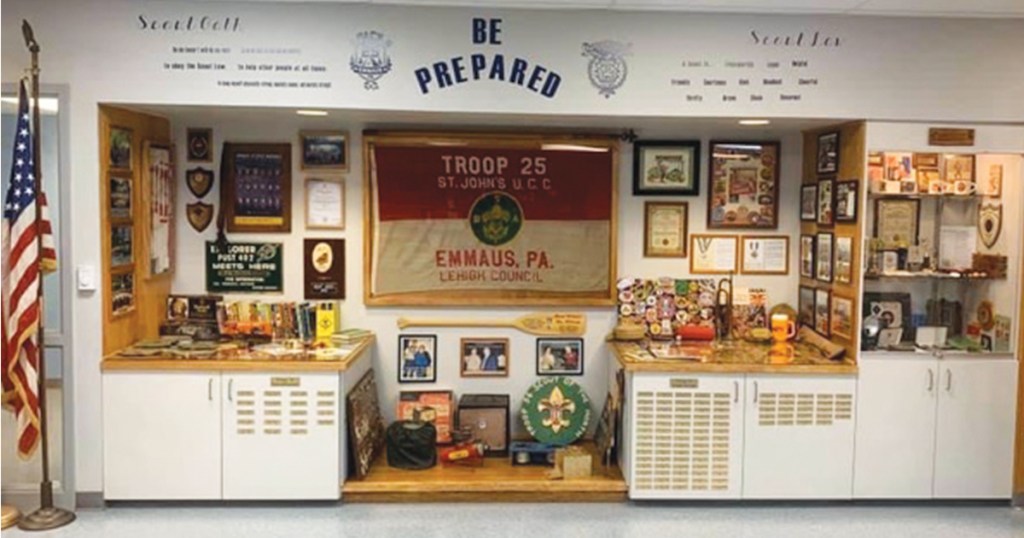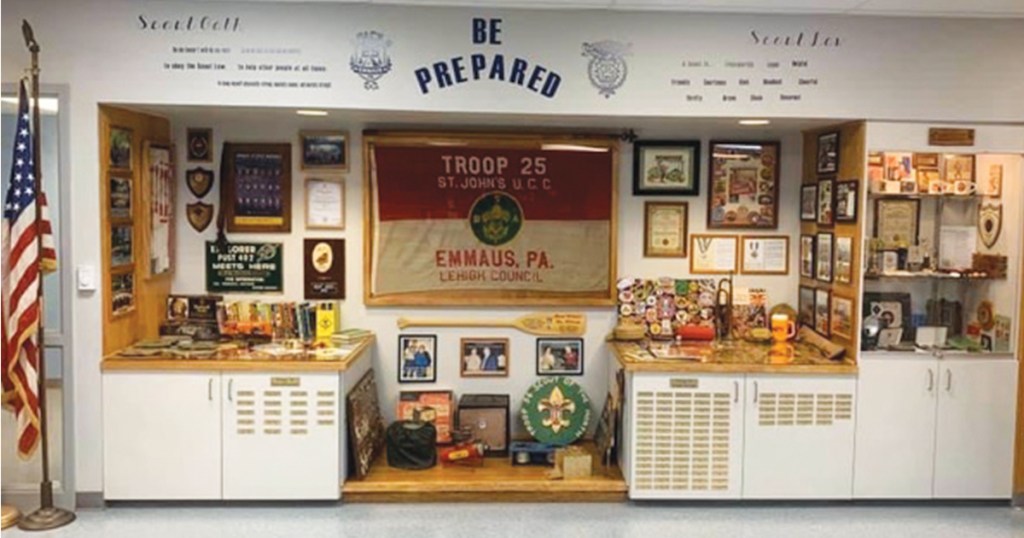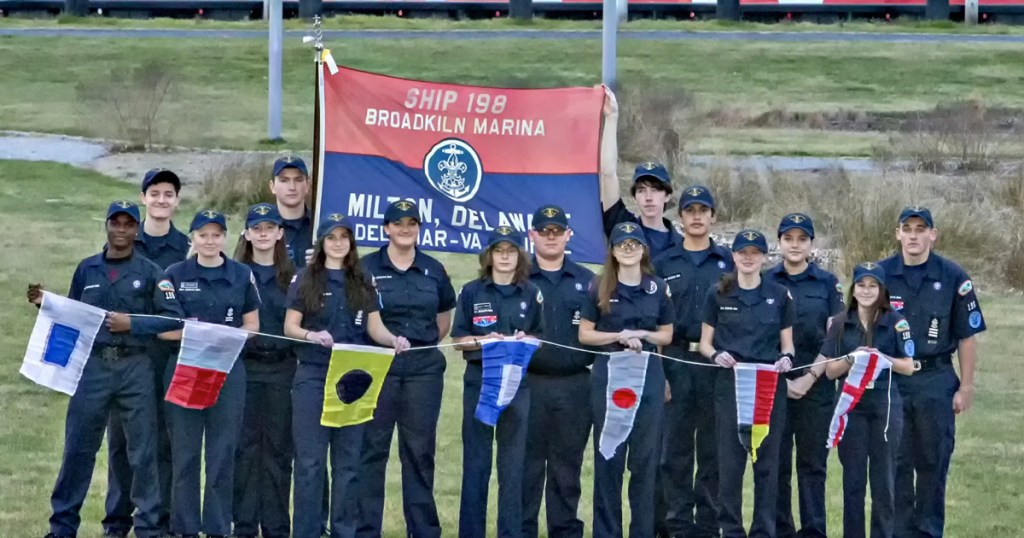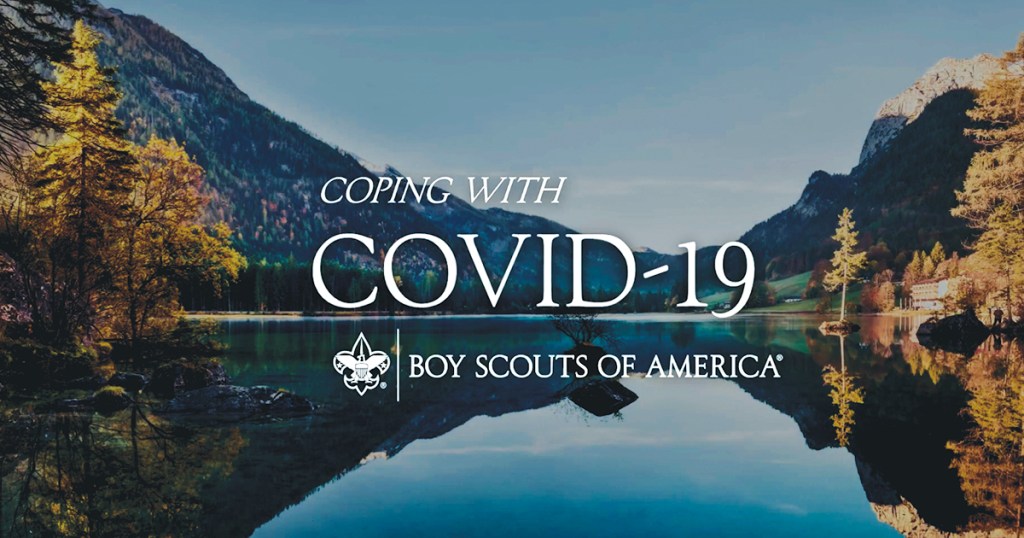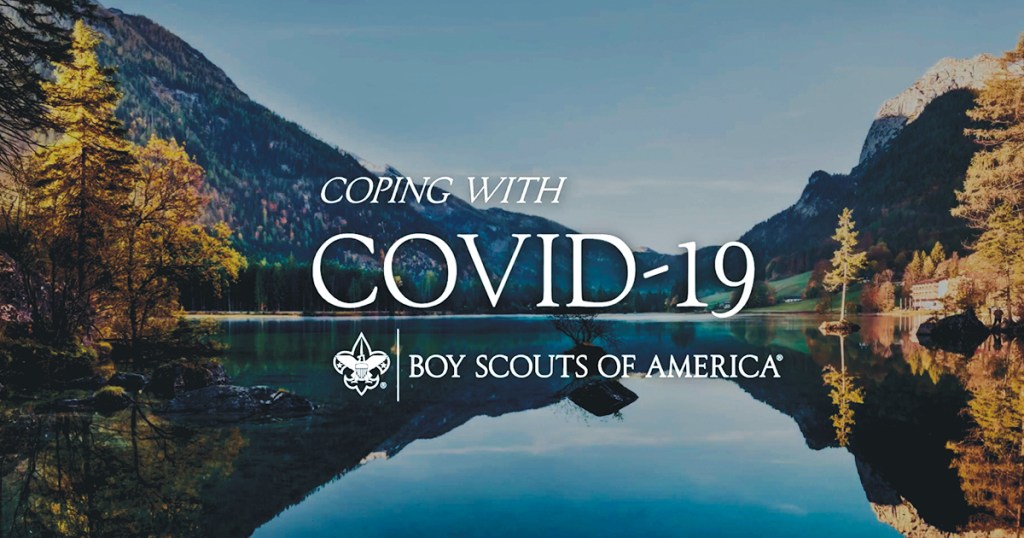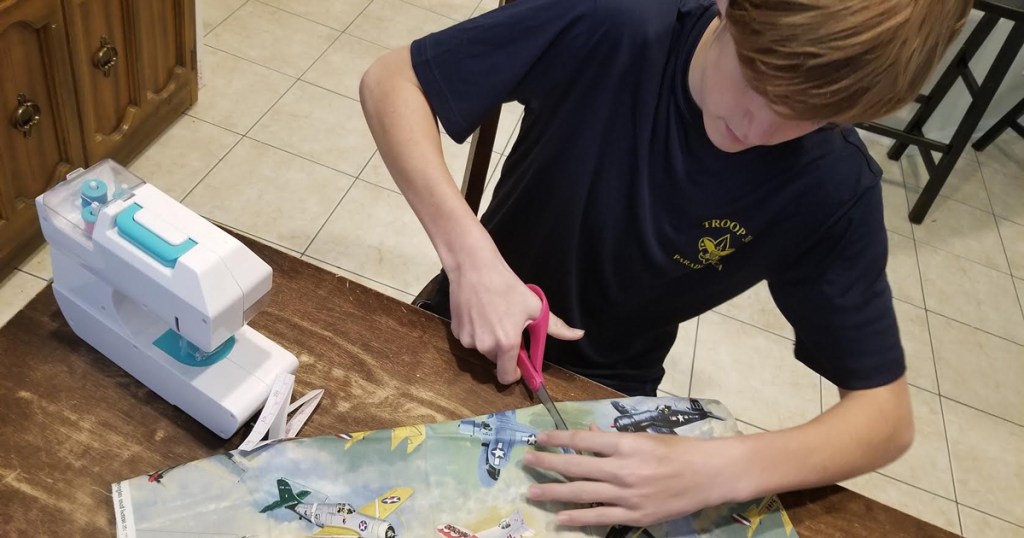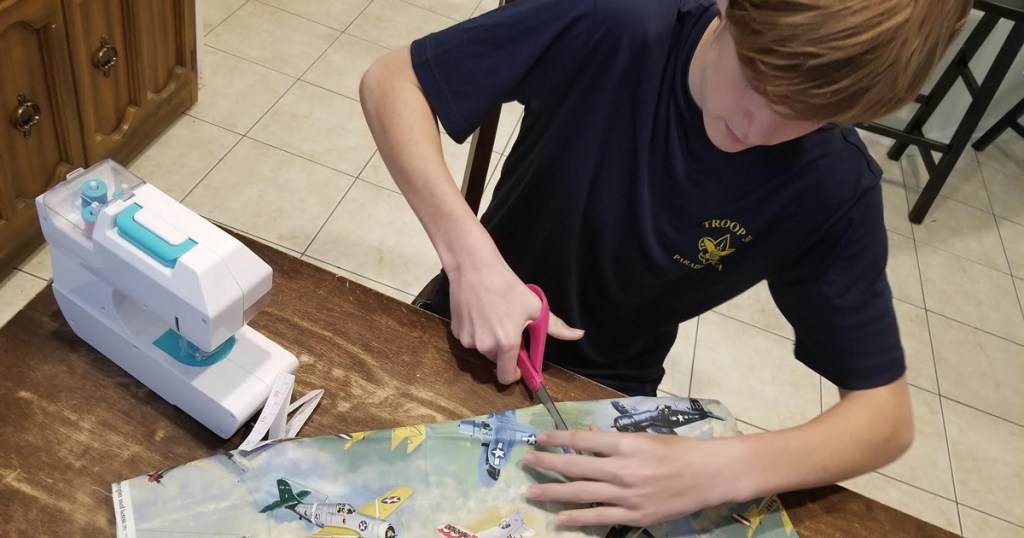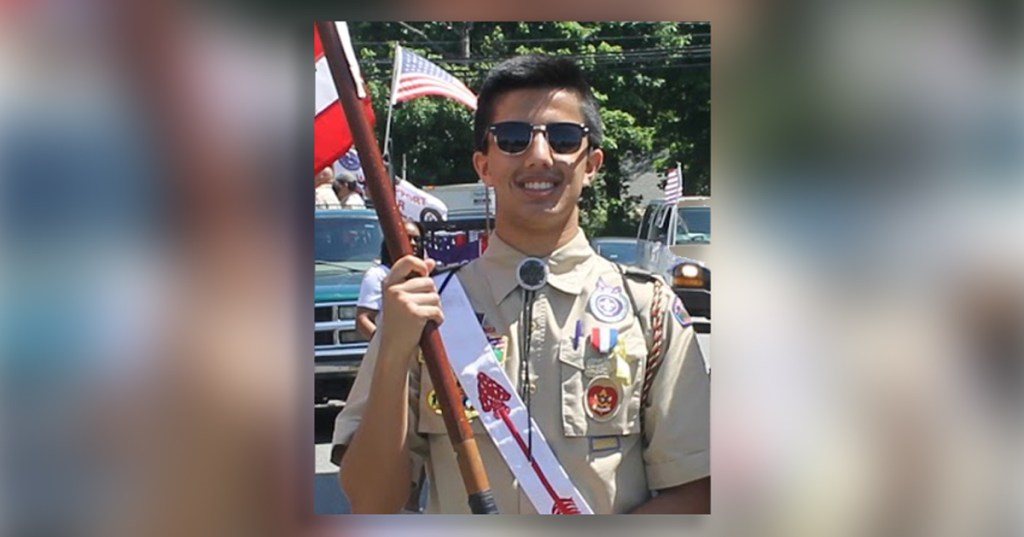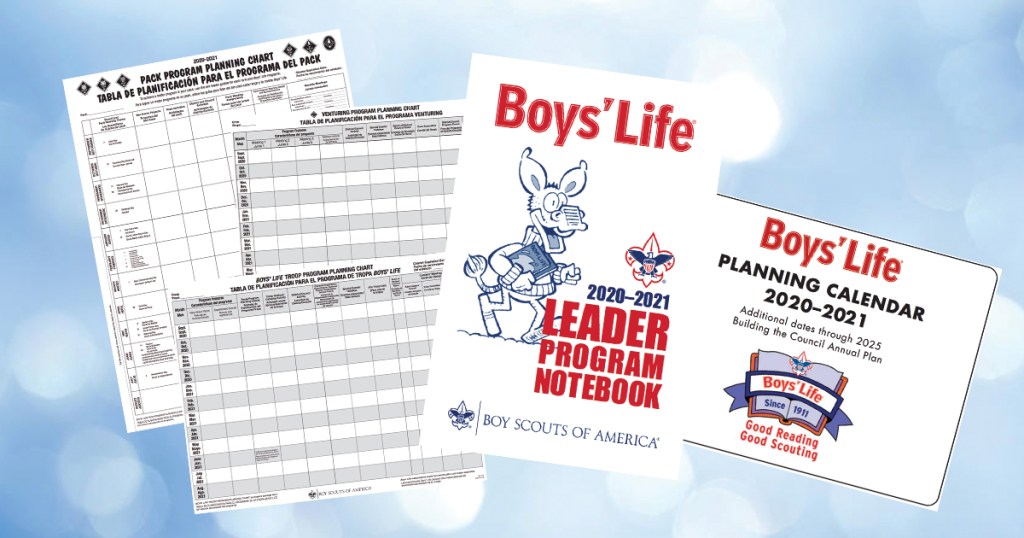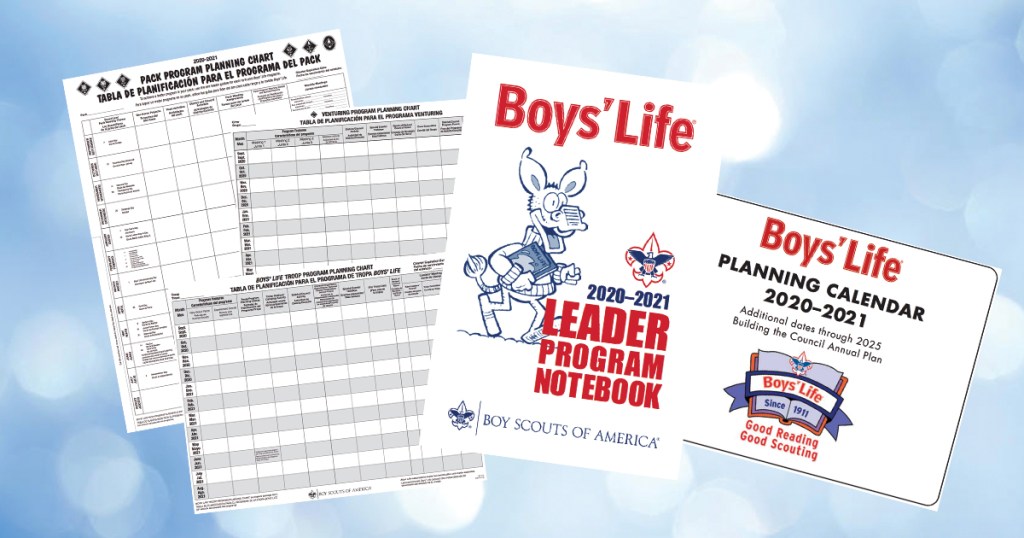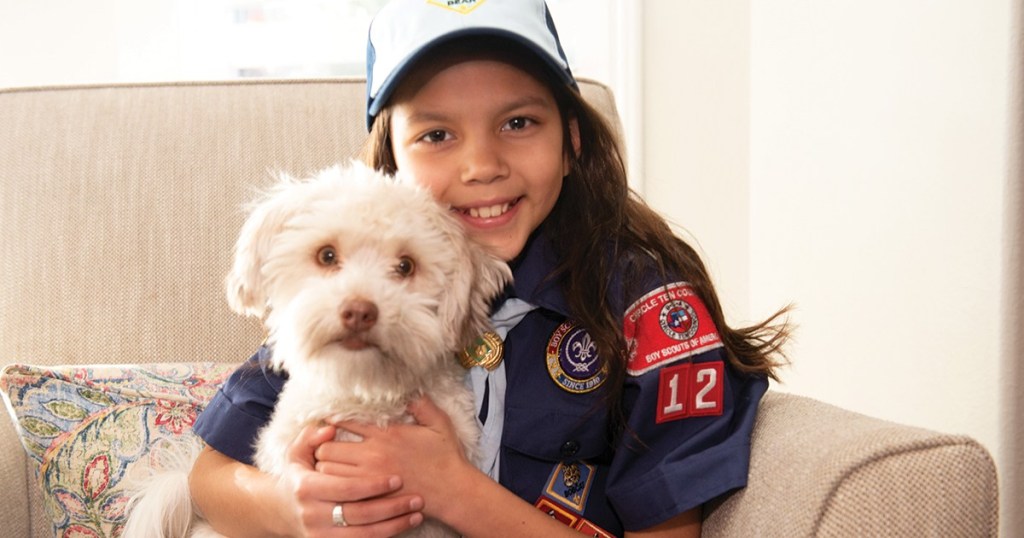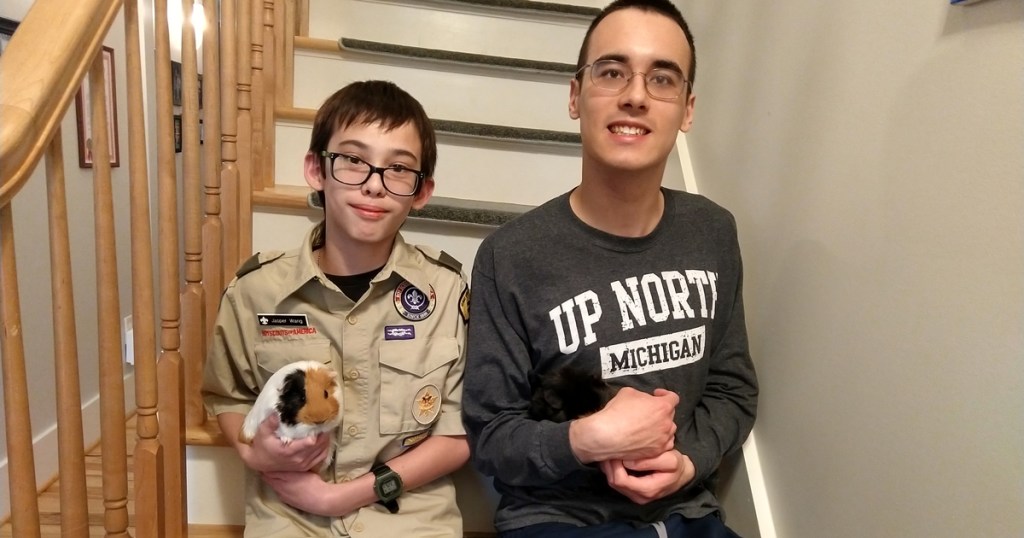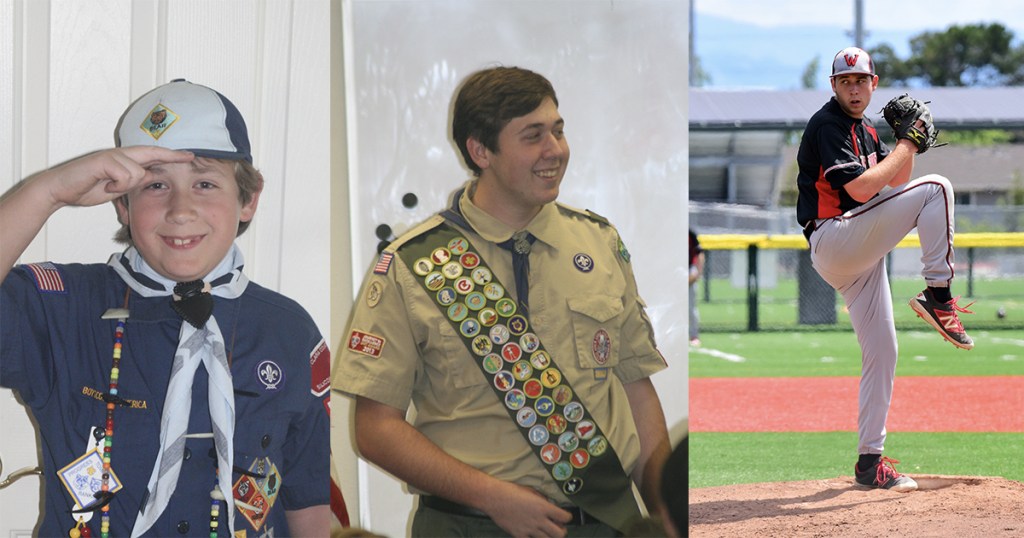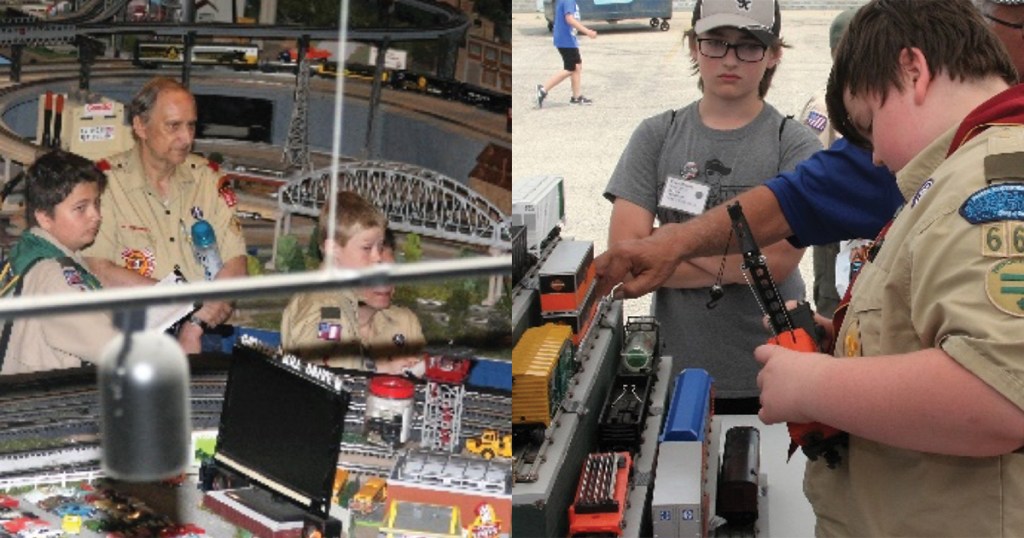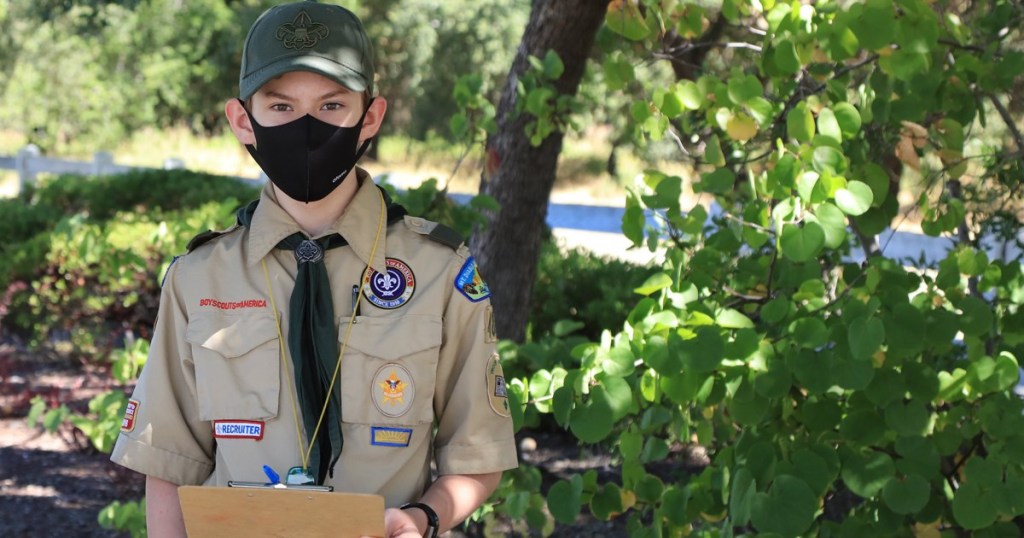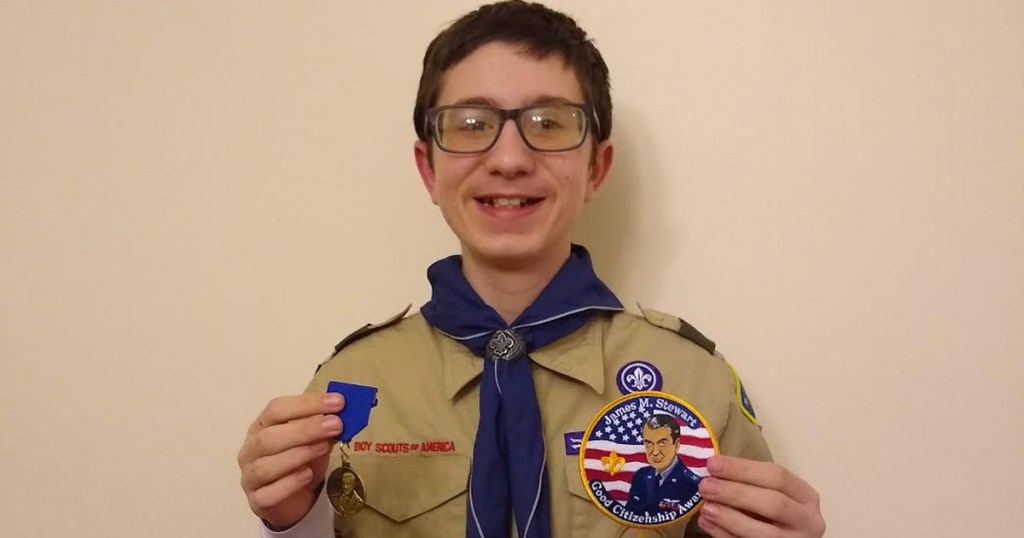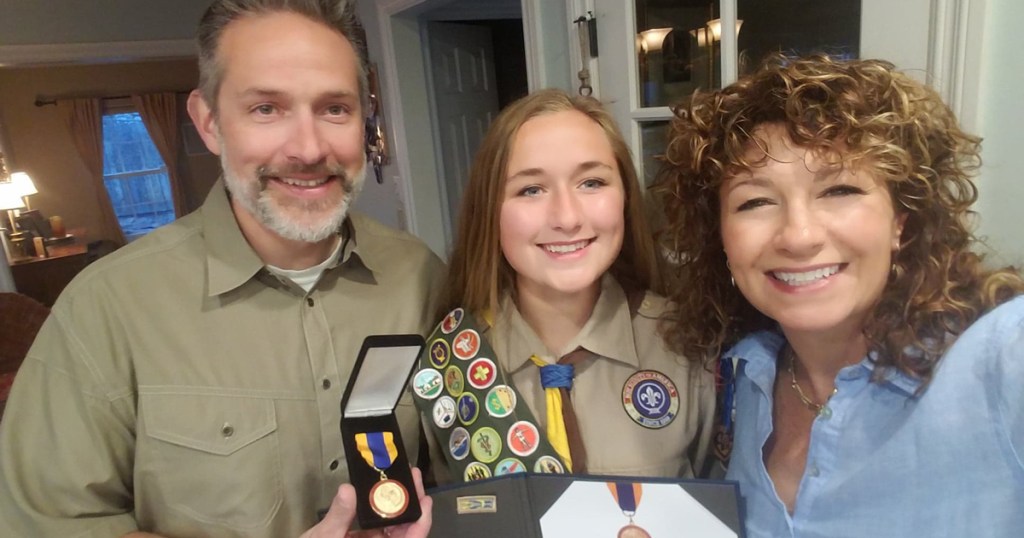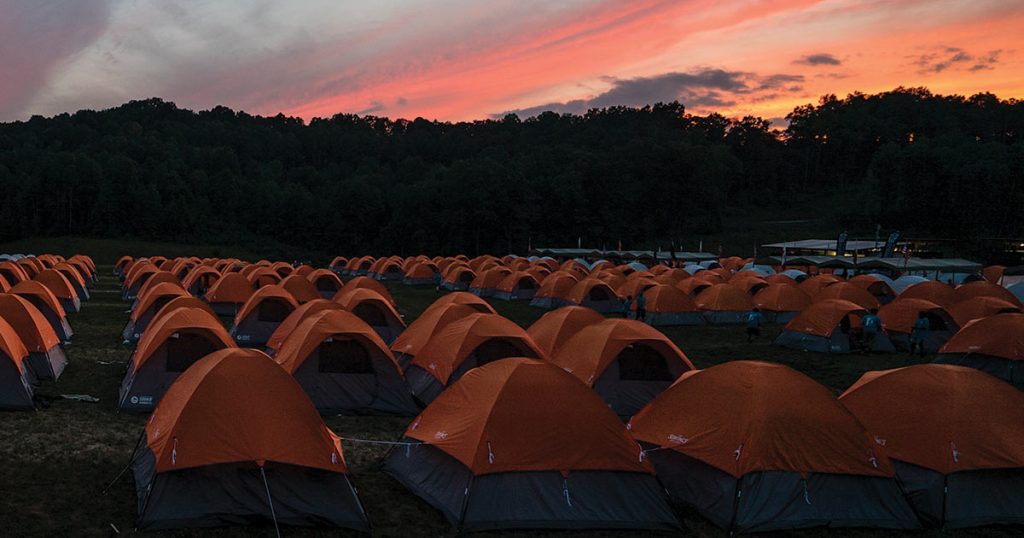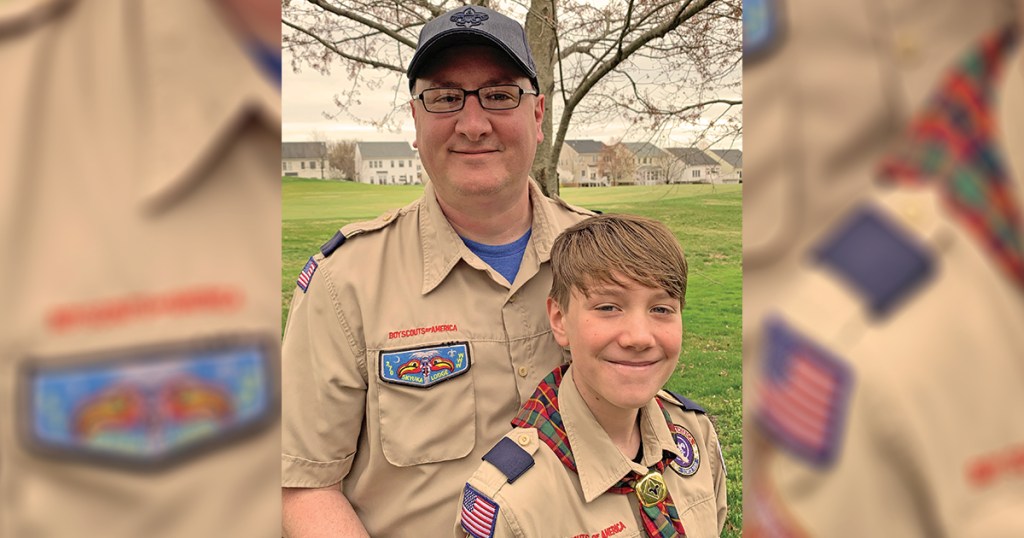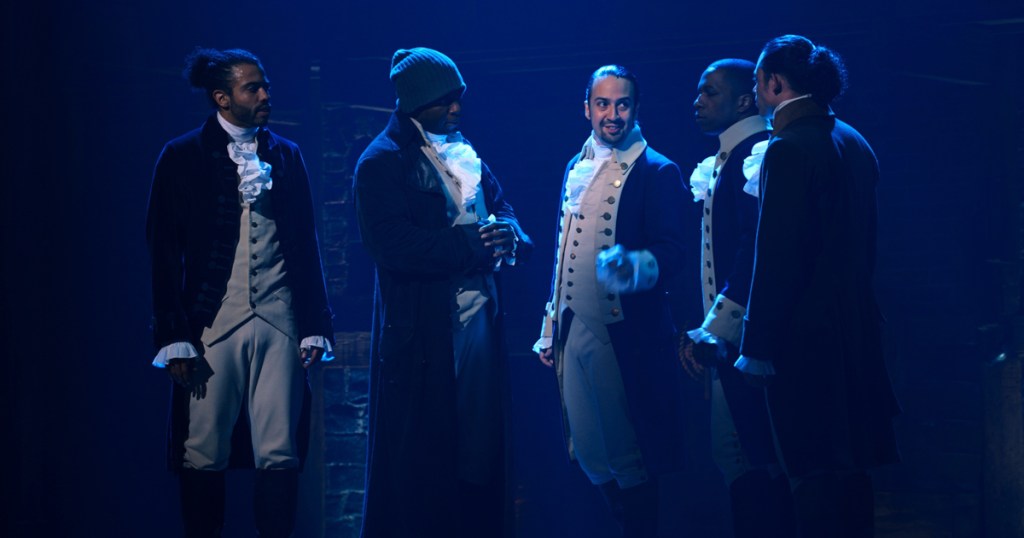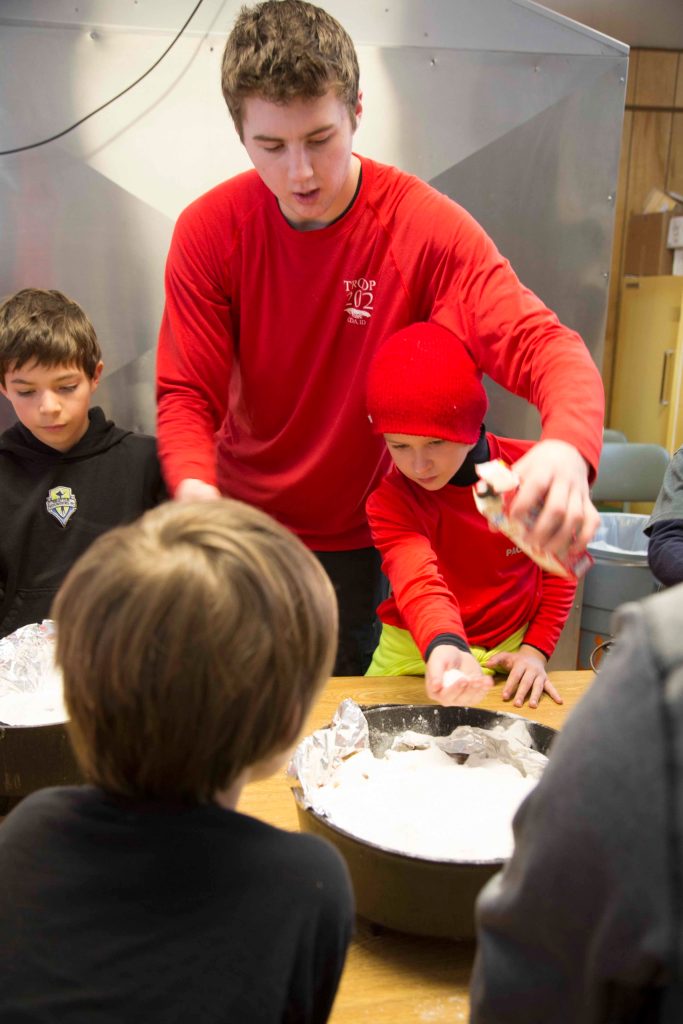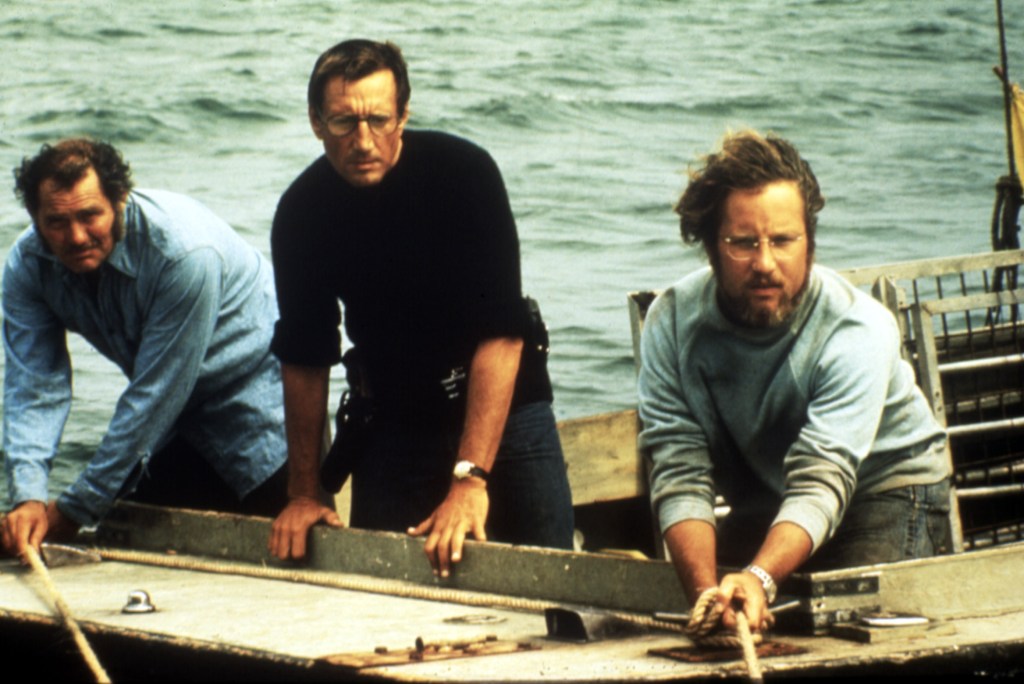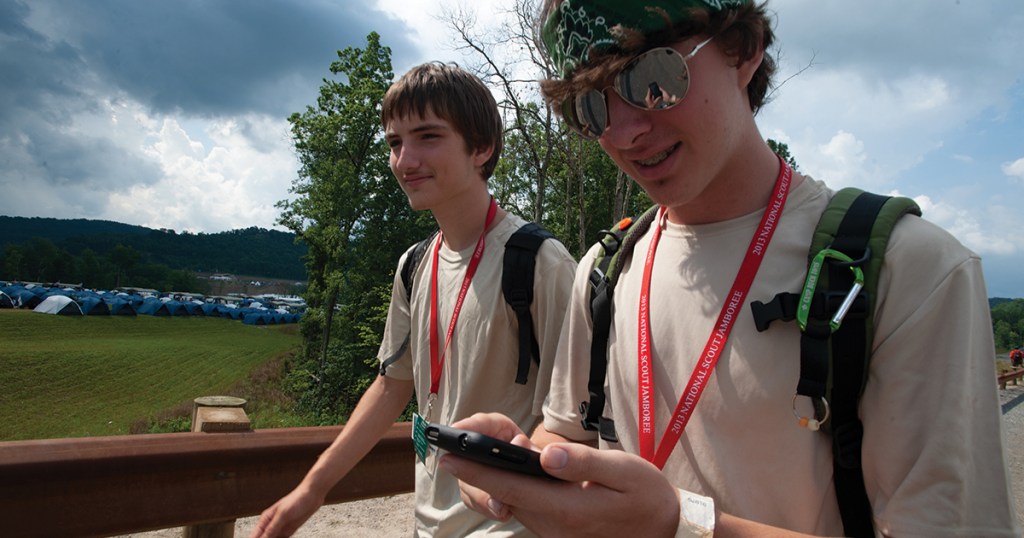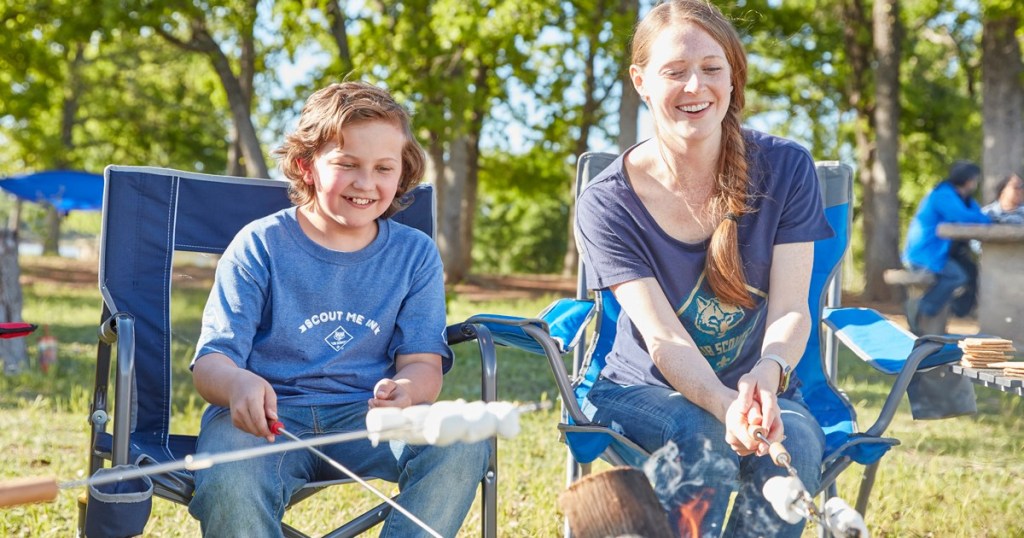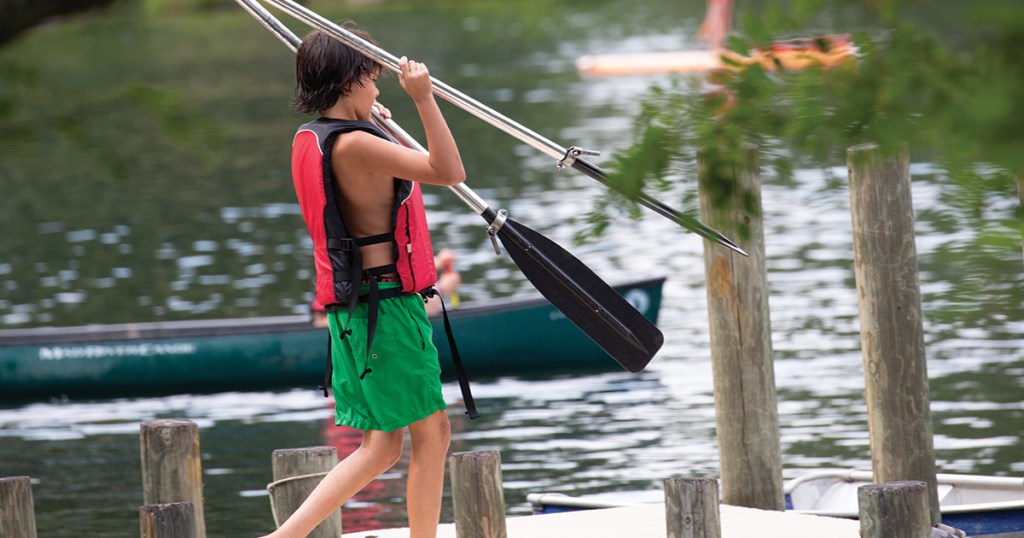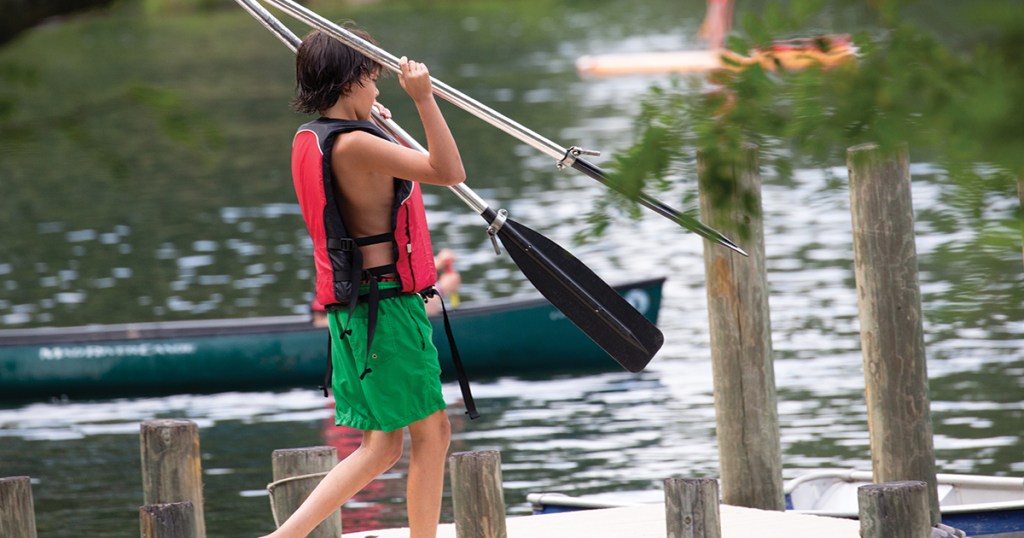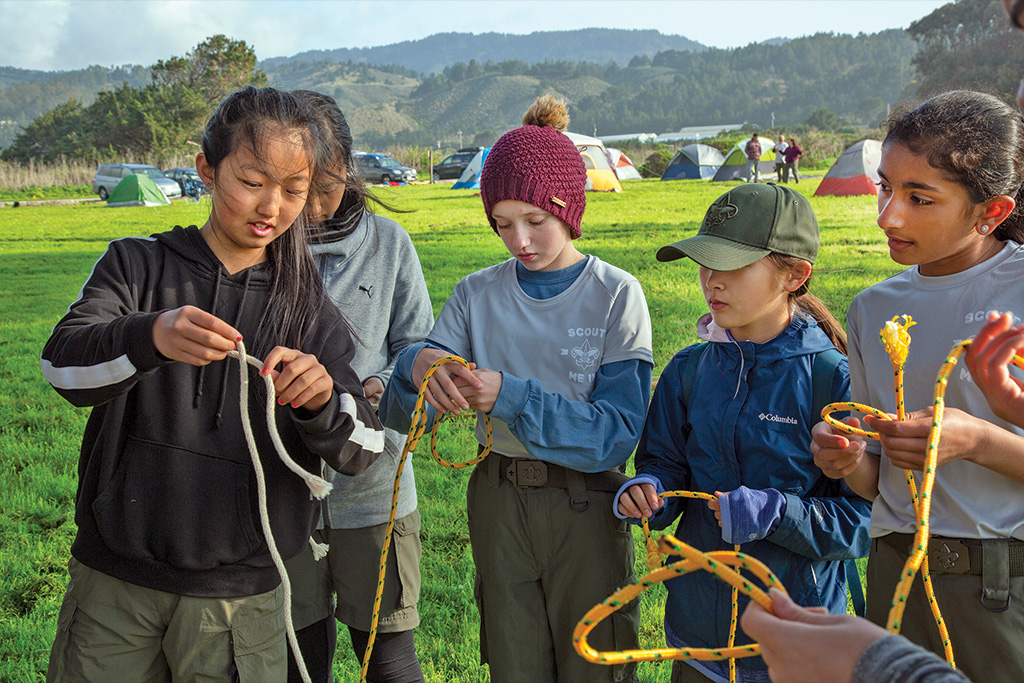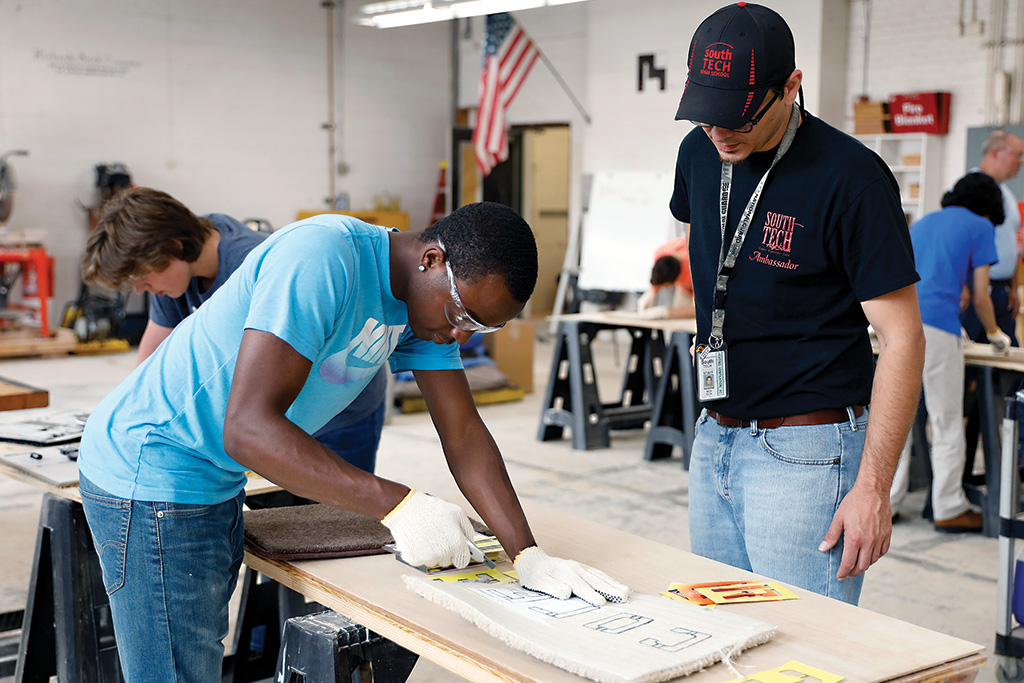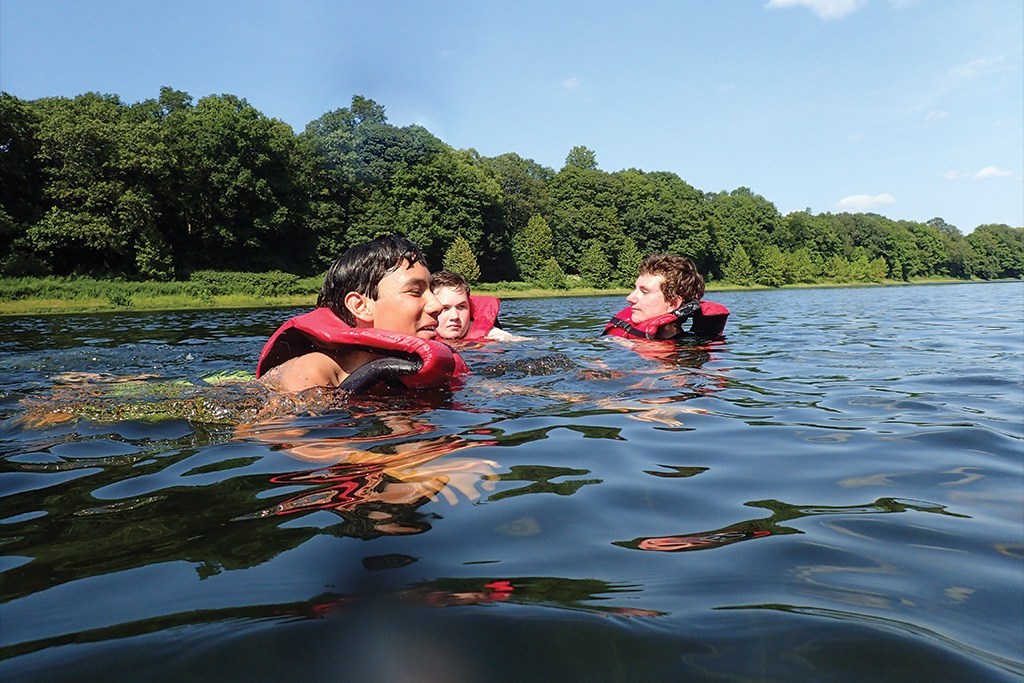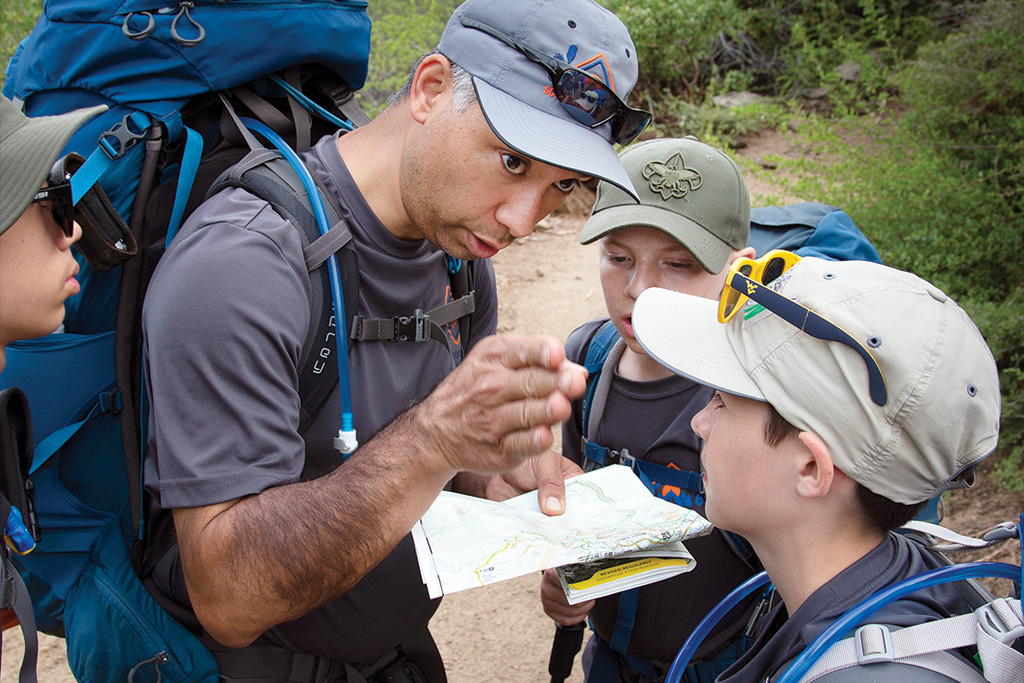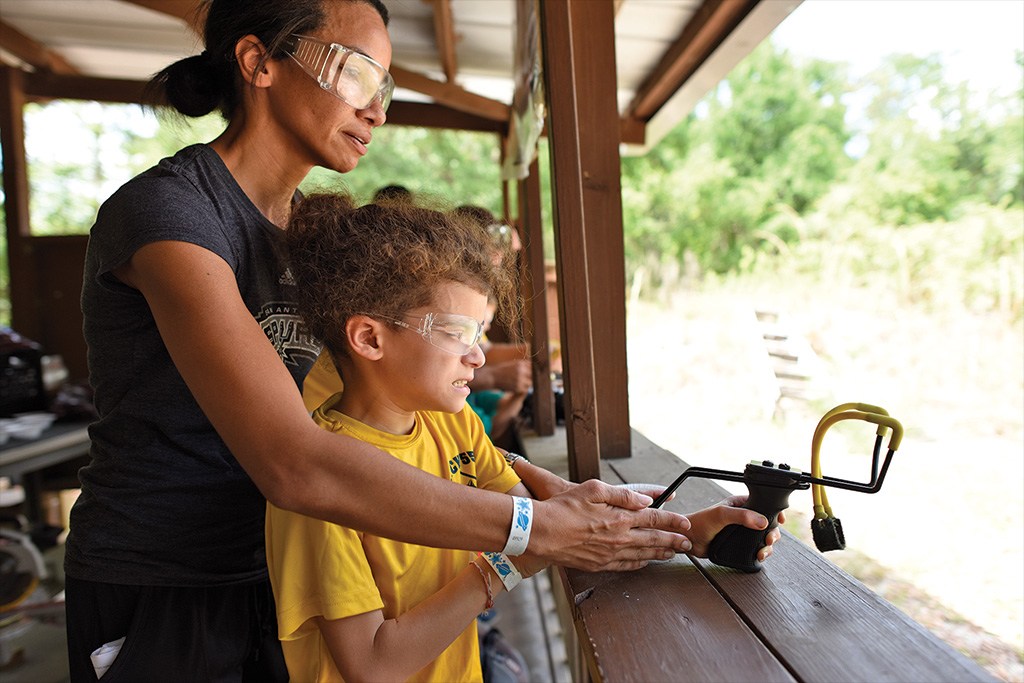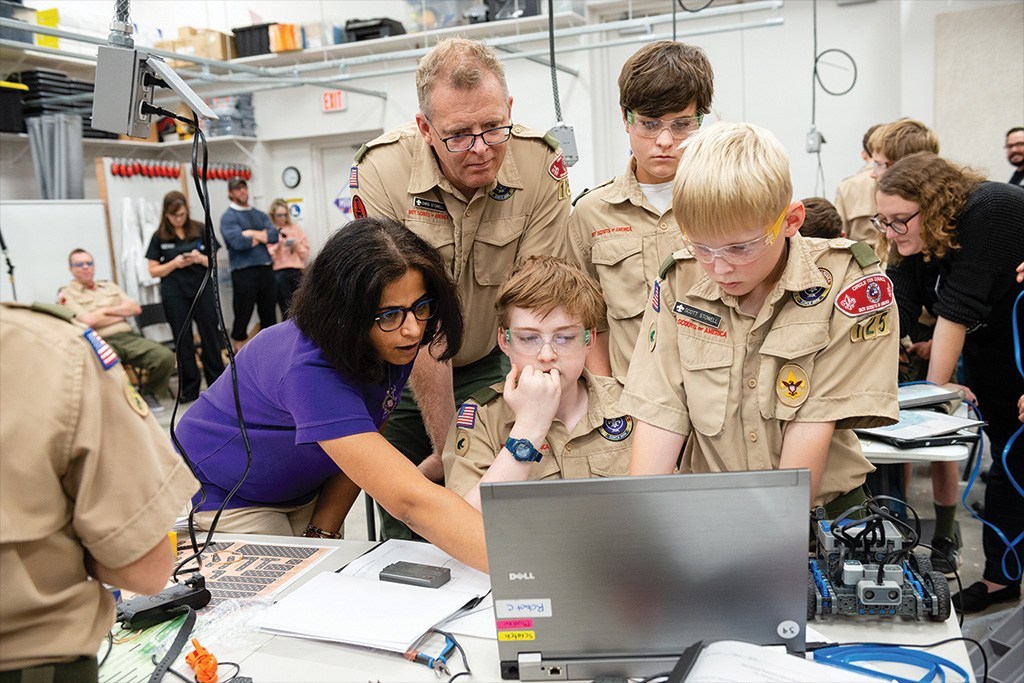
It was an event for the history books. Literally.
The 2019 World Scout Jamboree, the first on American soil in more than half a century, welcomed Scouts from nearly 150 countries to the BSA’s stunning Summit Bechtel Reserve in West Virginia.
A new book, called Unlock a New World: Celebrating the 24th World Scout Jamboree, lets you relive the magic of the quadrennial global event. Readers are treated to 160 pages of full-color photos, inspiring individual stories and fascinating bits of World Scout Jamboree history.
It’s a must-have for anyone who attended the World Scout Jamboree, served on staff (known as the International Service Team) or stopped by as a day visitor.
But it will also delight everyone intrigued by the concept of Scouts from six continents gathering in one place for 10 days of intercultural friendships, life-changing experiences and high-adrenaline adventures.
Order Unlock a New World for $29.99 from the official 2019 World Scout Jamboree store.
About the 2019 World Scout Jamboree
From the opening ceremony on July 24 to the closing ceremony on Aug. 1, the 2019 World Scout Jamboree — the 24th such event in history — celebrated global diversity, including both the differences that make us special and the similarities that unite us.
Though our uniform shirts may be tan or red or blue, we all wear the same purple patch signifying our membership in the World Organization of the Scout Movement. And we all learn to Be Prepared through hands-on experiences simply not offered in other youth organizations.
Part of what makes a World Scout Jamboree so special is the opportunity to meet people from countries you’ll likely never travel to. Here’s how Unlock a New World describes those cultural connections:
From Scottish kilts to Korean hanboks, Japanese kimonos to Kenyan masai suka, Scouters throughout the subcamps donned their native dress. They also showcased their heritages through folk dances and performances such as the Palestinian dabke, the Brazilian samba and the Mexican jarabe tapatio, to name just a few.
“It’s very interesting to meet and celebrate people from all around the world and learn about their cultures. It shows us that we may look different and speak different languages, but that we are all young people with very similar interests,” said Marcos, a Scout from Hong Kong attending his first World Scout Jamboree.

What’s inside the book
I explored Unlock a New World cover to cover, and here’s what stood out to me:
- Fascinating stories and stunning photos covering the entire event, from arrival to departure
- Lyrics to “Unlock a Brand New World,” the 24th World Scout Jamboree’s official song, written by a Scout from the U.K. contingent
- Details about the surprise appearance from Bear Grylls, the world-famous adventurer and Chief Ambassador of World Scouting
- Profiles of selected troops, such as Troop 3 (Coahuila, Mexico), Troop 70 (Avon, England) and Troop 133 (Washington, D.C.)
- The story of how the World Scout Jamboree flag made it to the top of Mount Everest and even higher — the International Space Station
- A chronology of every World Scout Jamboree from the first one, held in 1920 in England
- A look ahead at the 2023 World Scout Jamboree in South Korea
Exclusive excerpt: The opening ceremony
Bryan on Scouting received permission to share an excerpt from Unlock a New World. Here’s the story of the history-making opening ceremony:

Opening Ceremony
History was made on the evening of July 24, 2019. Never before had so many Scouts from so many countries gathered together in one place. On their feet and arm in arm, 43,000 youth and adult volunteers from 145 National Scout Organizations roared in anticipation for the official start of the 24th World Scout Jamboree.
As a soft blanket of darkness began to fall over the beautiful hills of West Virginia, the distinctive, deep sound of djembes filled the arena. Wooden flutes and string music began to swell, followed by the rich tenor of Lebo M, producer and composer for both the stage and film versions of Disney’s The Lion King, singing the distinctive melody of the musical’s opening song “Circle of Life.”

With the contingent of Scouts from South Africa, the singer appeared at the top of the stadium, winding his way through the crowd toward the stage, engaging Scouts along the way as if he had known them their whole lives. The song crescendoed as the entertainer and his fellow South Africans arrived on the stadium’s main stage. The enthusiasm, cheering, and joyful noises from the gathering of Scouts rose as flag bearers from each country represented walked through the audience proudly waving their flags, giving each country a moment to shine before all at the Jamboree.
The parade reached its apex as Canada’s 48th Highlanders and Royal Canadian Mounted Police brought a pageantry and panache that only they could provide as one of the three co-hosts of this World Scout Jamboree. With the raising of the World Scouting flag, the 24th World Scout Jamboree had officially begun!
Demonstrating that music would be a unifier throughout the Jamboree, Jessica Williams, a Scout from the United Kingdom, led the attendees in singing the official Jamboree Song, “Unlock a New World,” a song of her own composition, as the words were displayed on the video screens flanking the stage. The three Masters of Ceremonies — youth leaders from the three host countries — each translated various parts of this and all shows into their native tongues.
Chief Ambassador of World Scouting, Bear Grylls, made a surprise appearance rappelling down from the rafters to center stage. From there he shared an impassioned message, encouraging the Scouts to be the spirit and force behind global change, charging all to “Shine that Scouting spirit to everyone you meet!”

Next, World Scouting announced the launch of a new interactive app, NANO, designed to engage Scouts and other young people to take action for the Sustainable Development Goals (SDGs). True to the Jamboree’s theme of Unlock a New World, the opening show did just that. Like magic, the NOVUS wristbands each Scout and adult volunteer wore for identification began to blink and light up in a myriad of colors, coordinated with the music that played throughout the evening. As the energy and emotion built, at every turn Scouts were astonished with the next amazing show element.
A season winner of America’s Got Talent, Recycled Percussion brought the entire crowd to its feet with an energetic and innovative performance that amazed and delighted as the four-person band used items ranging from ladders to blenders to trash cans and power tools to create melodies, many with fantastic visuals to match.
Just when the audience thought the show was over, the Masters of Ceremonies and Jamboree mascot Yona came on stage. They opened a small box from which slowly rose a small, brightly lit drone. It hovered near them and then began to rise. The drone moved upwards and out from the stage, going high into the air several hundred feet into the darkness.
Moments later, there was an unbelievable flash of light. A swarm of 250 drones lit up the canvas of the night sky, dancing and moving in amazing ways. Accompanied with inspirational music, the show’s attendees witnessed the largest drone show ever to take place in North America. As the iconic images of World Scouting and the Summit Bechtel Reserve came to life through the drones, the audience cheered wildly. A new world was truly unlocked that night.





